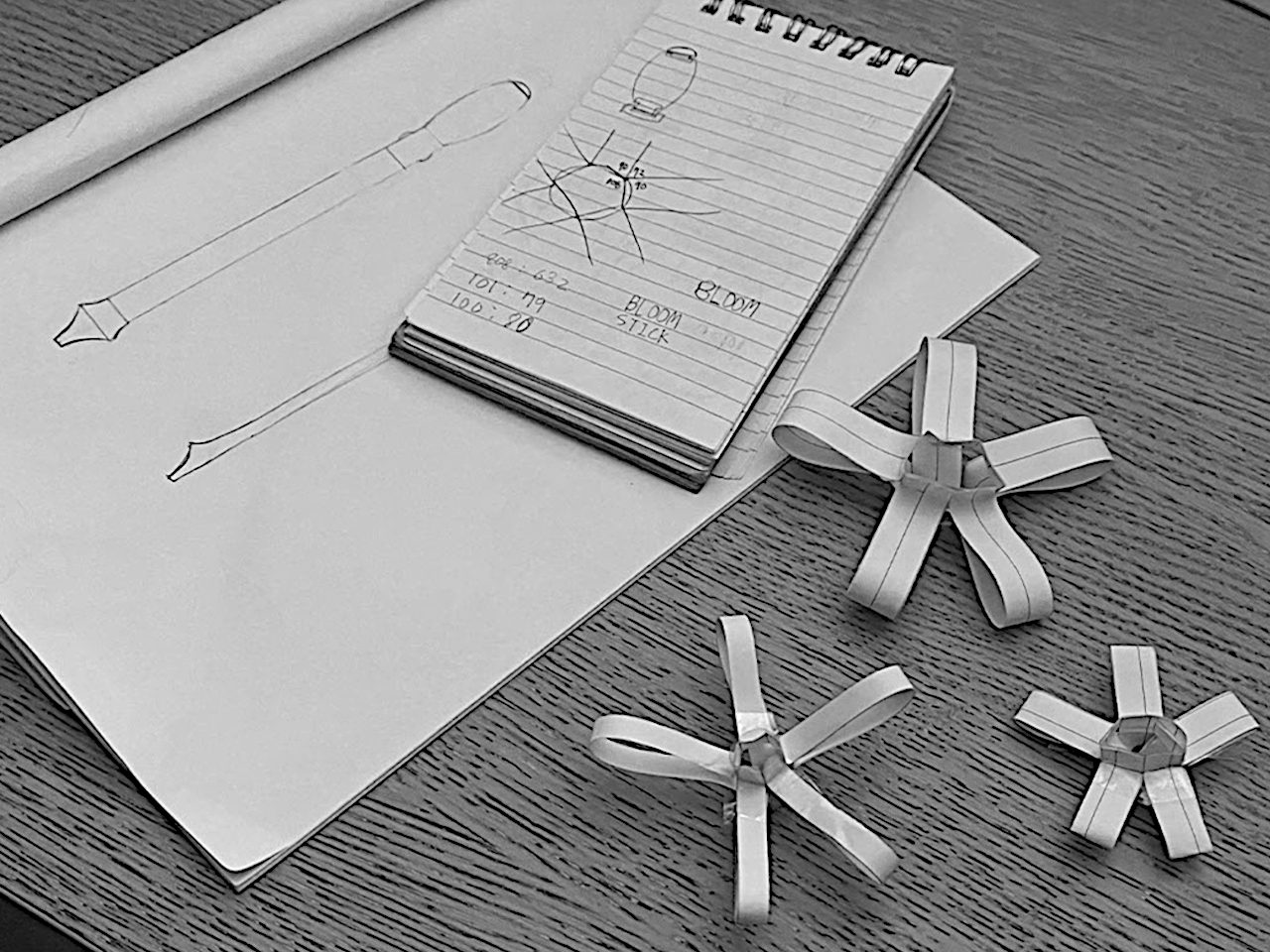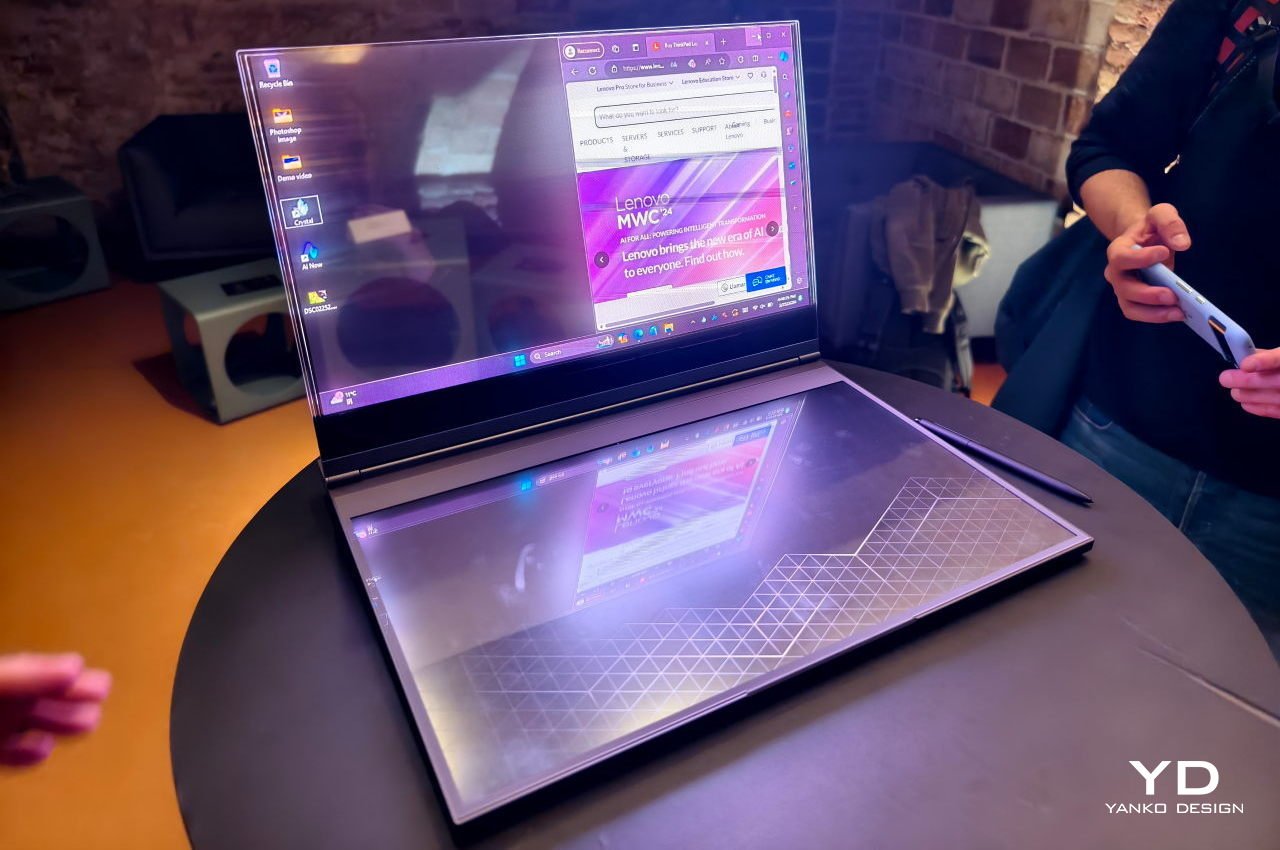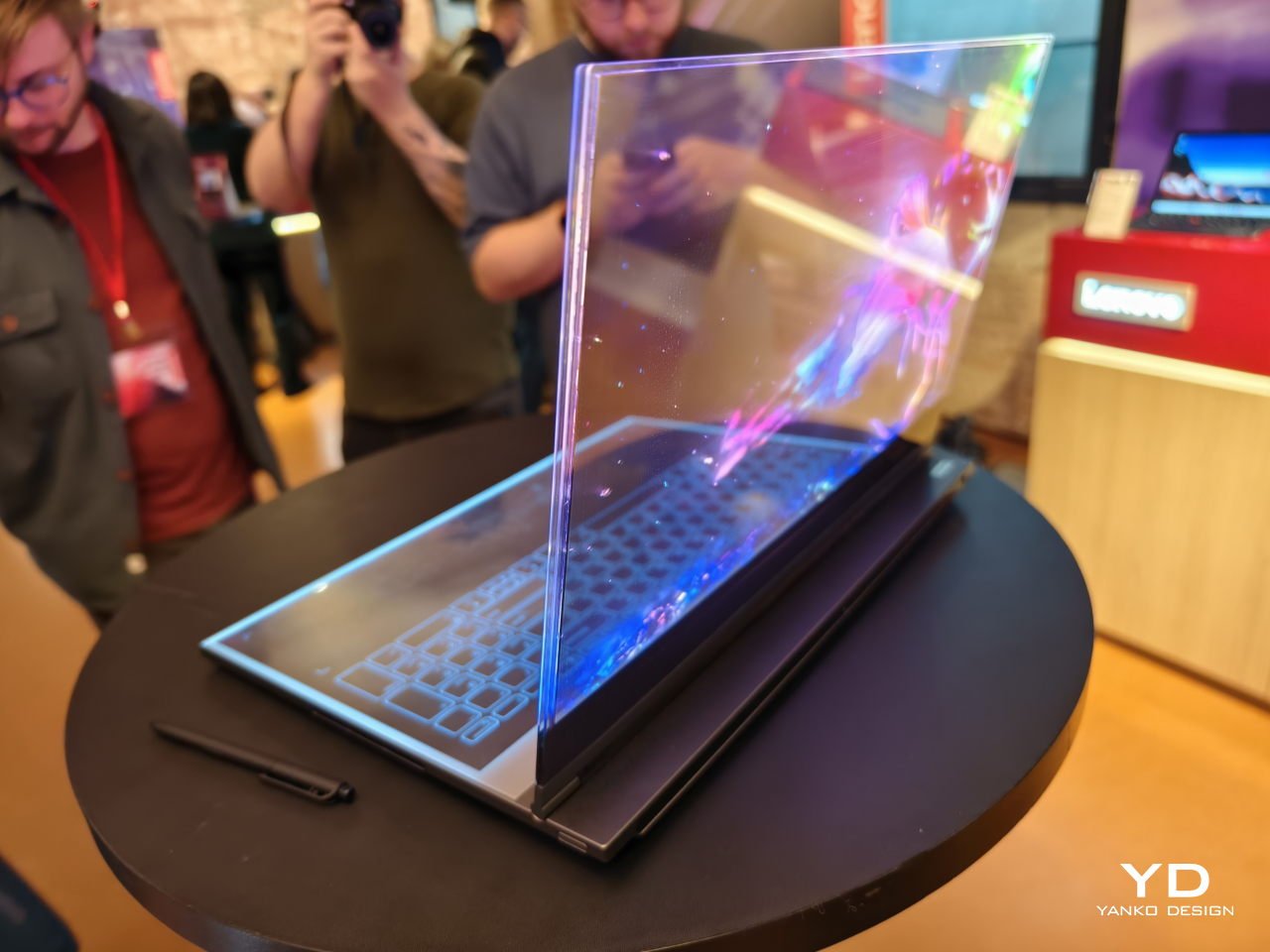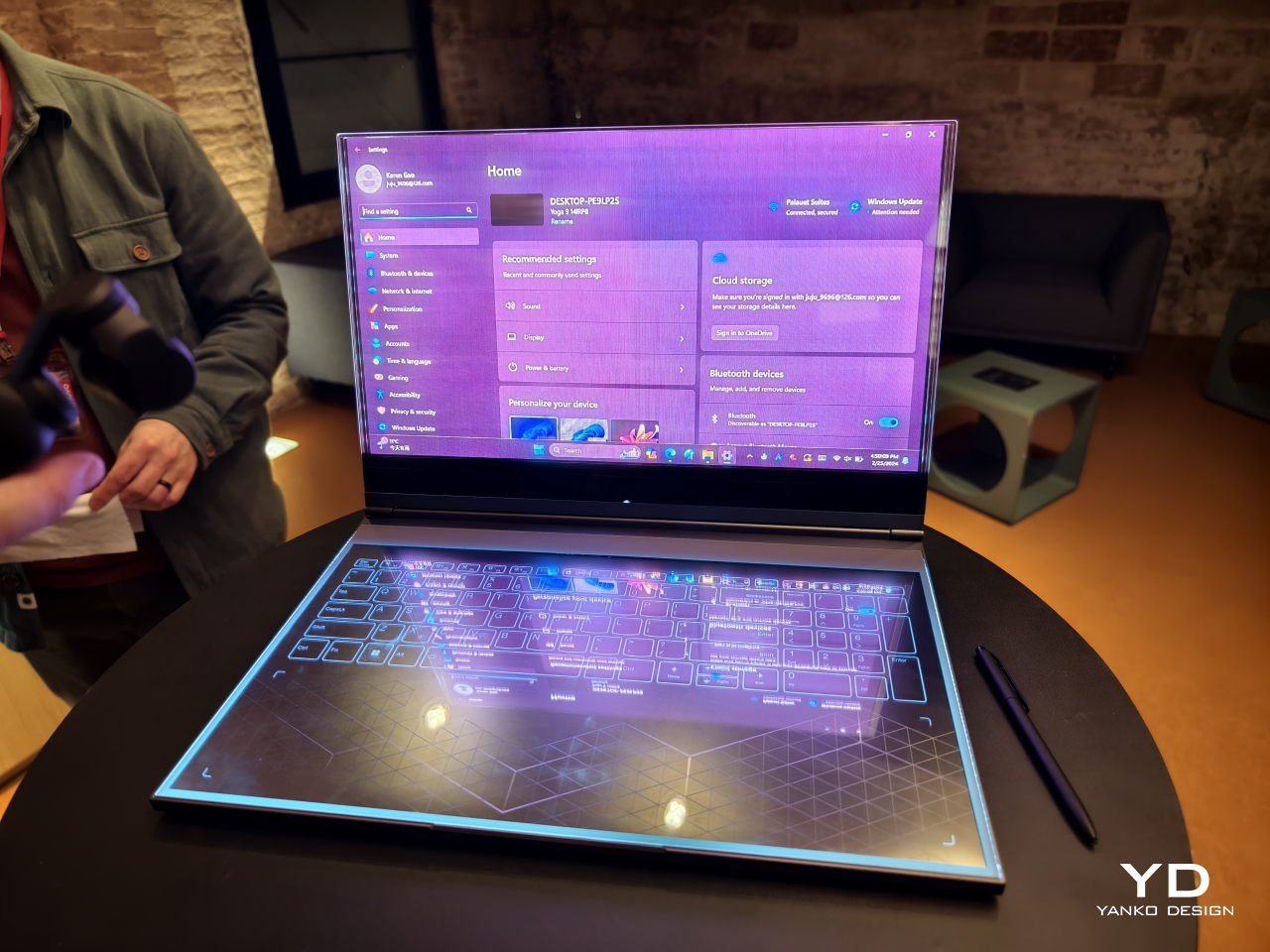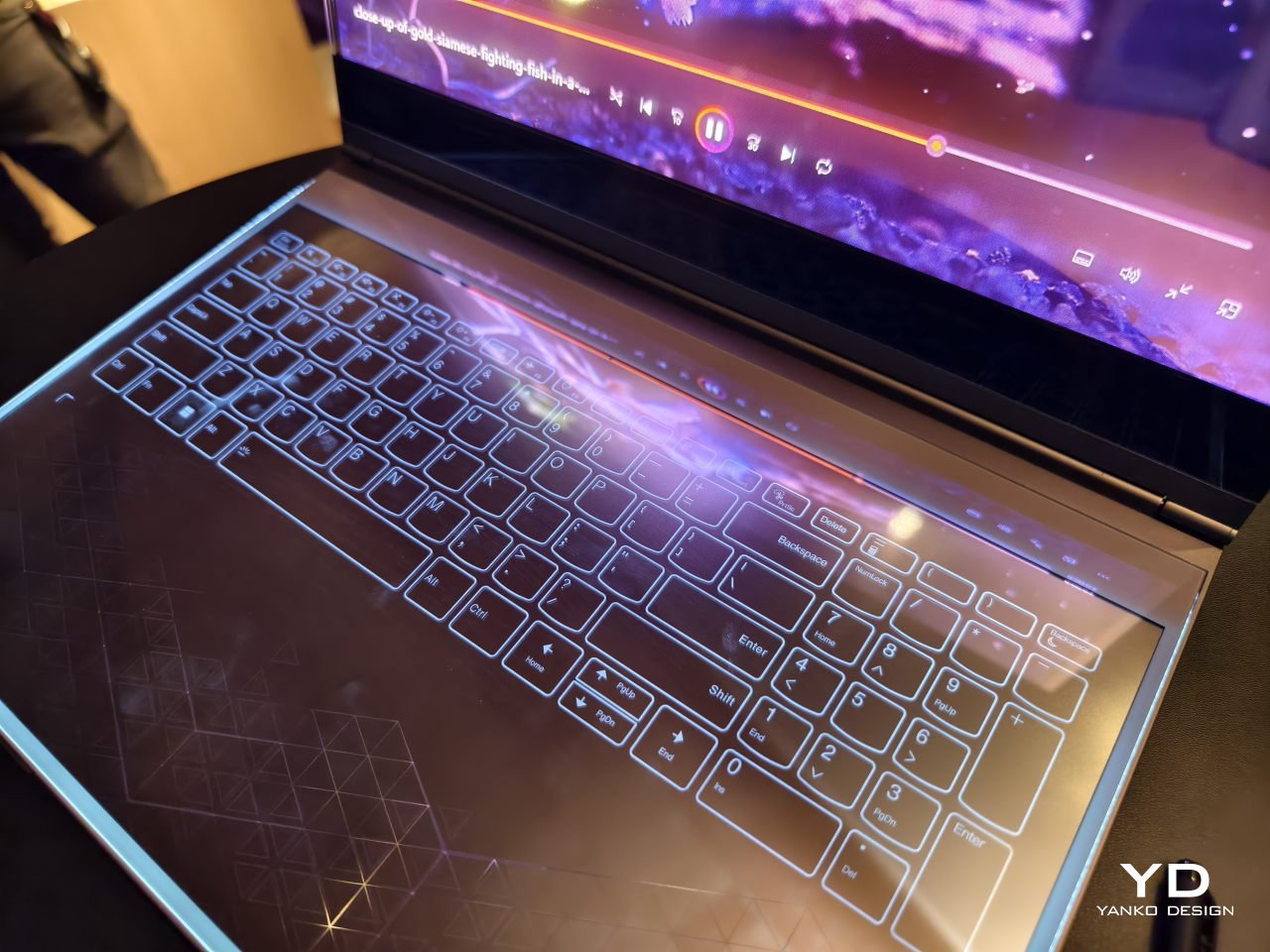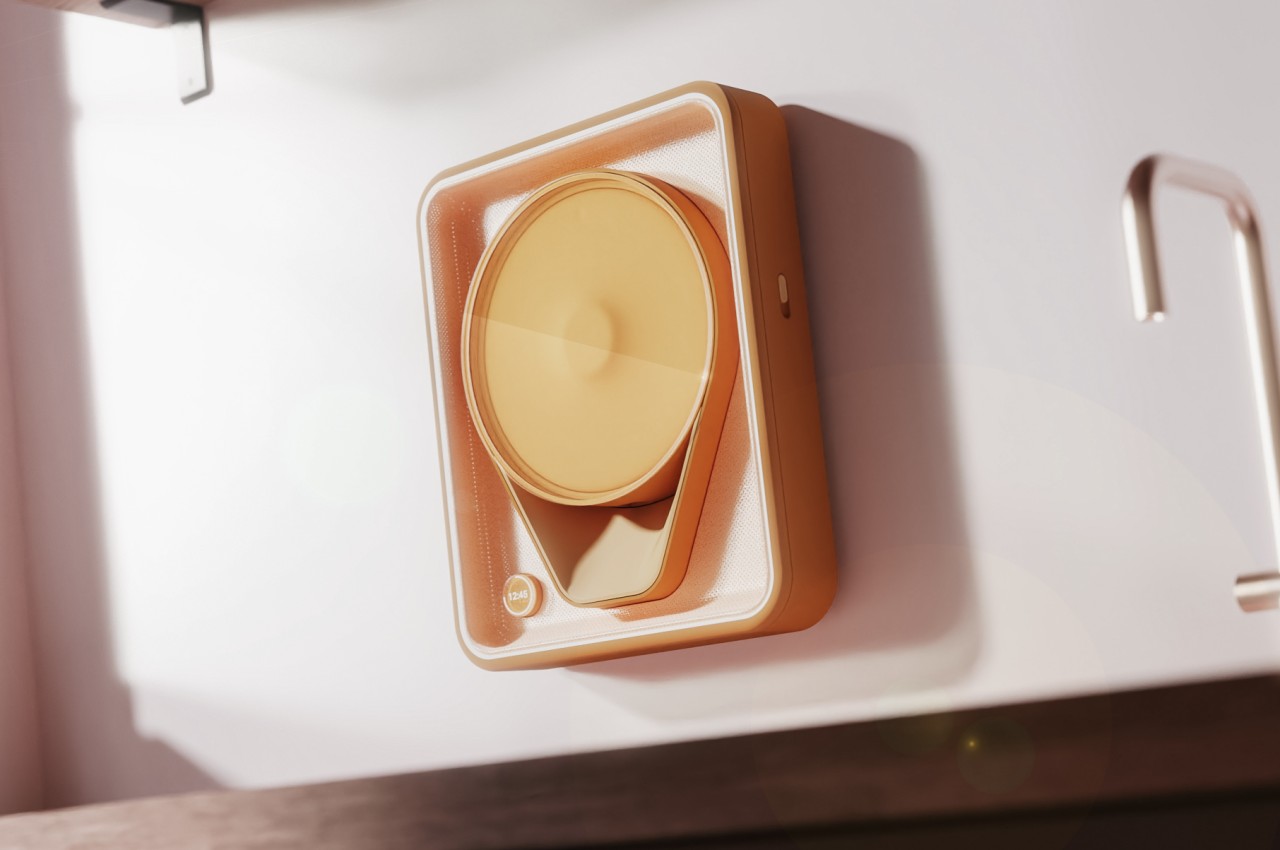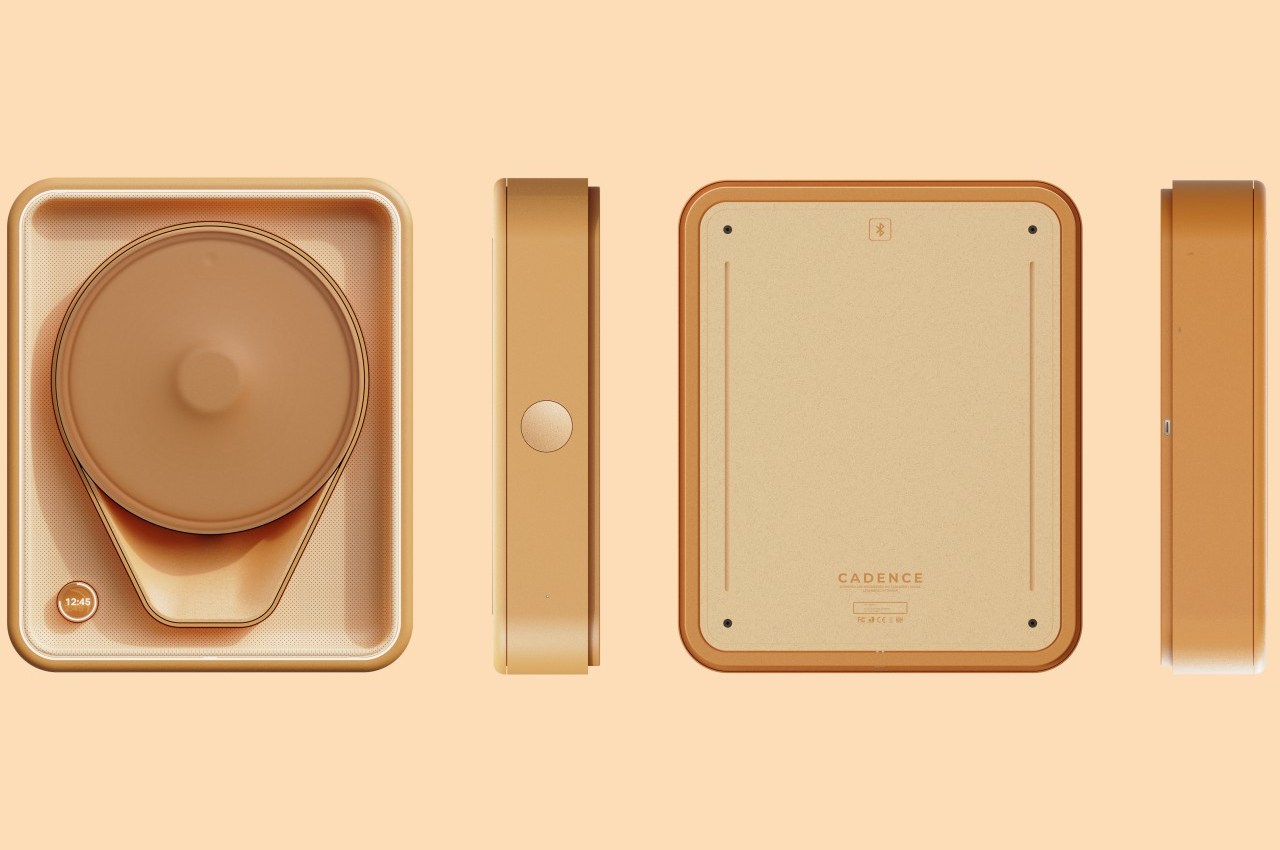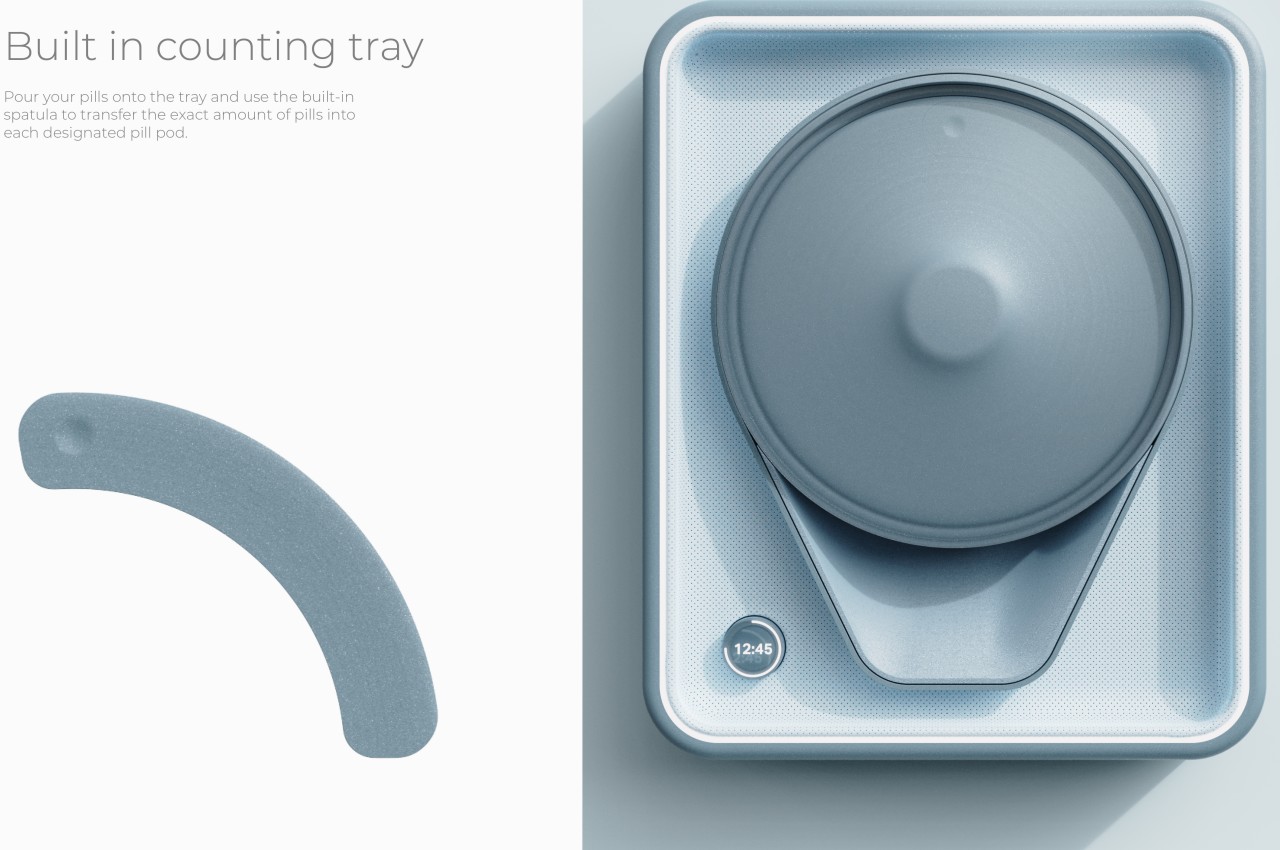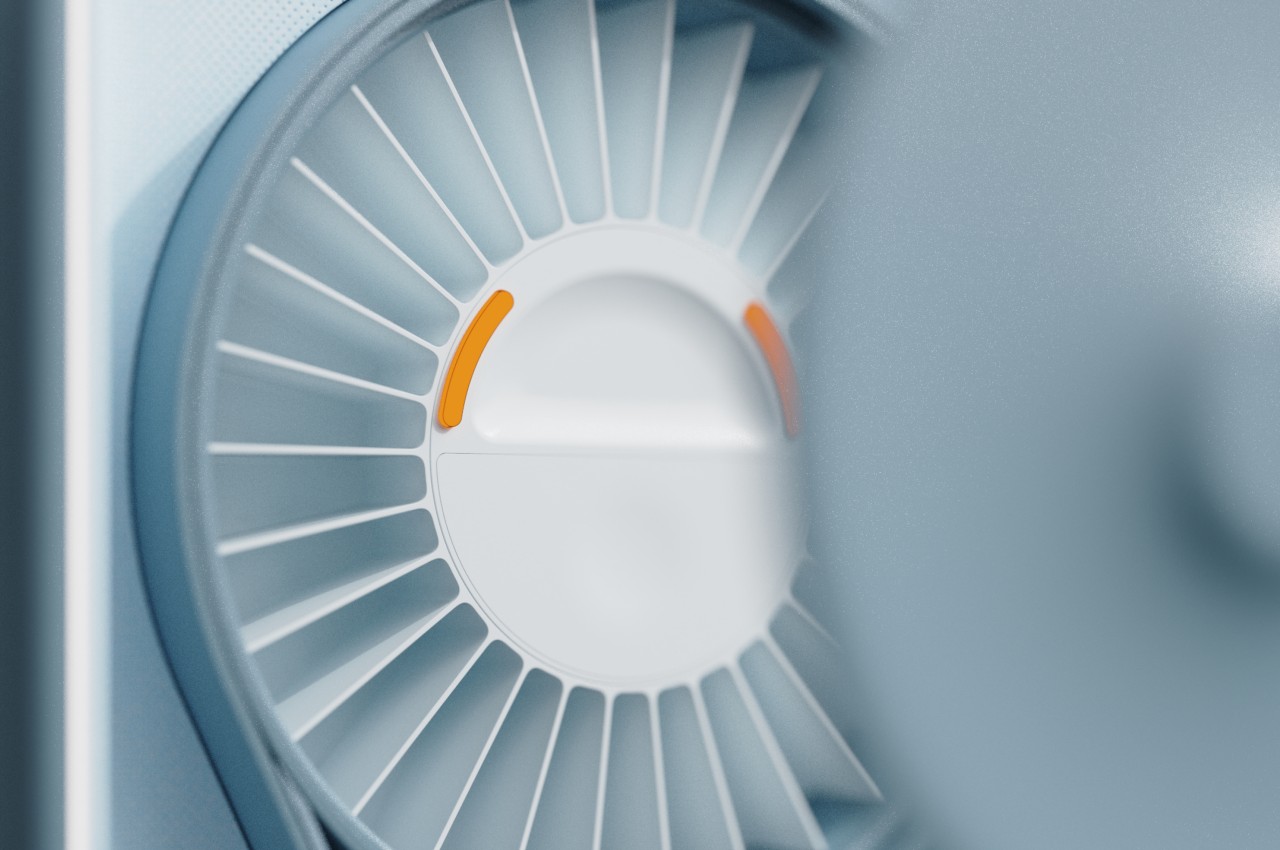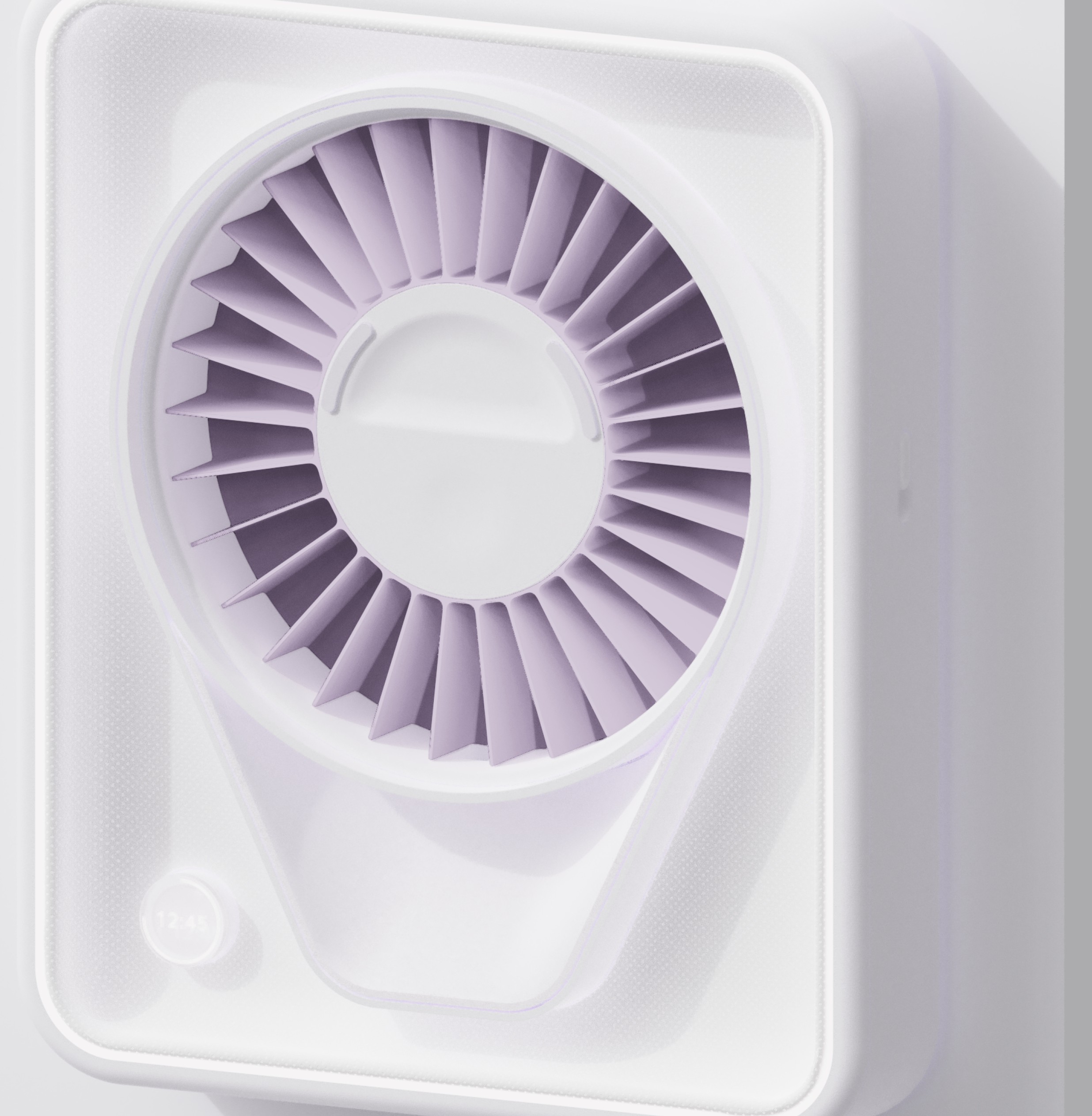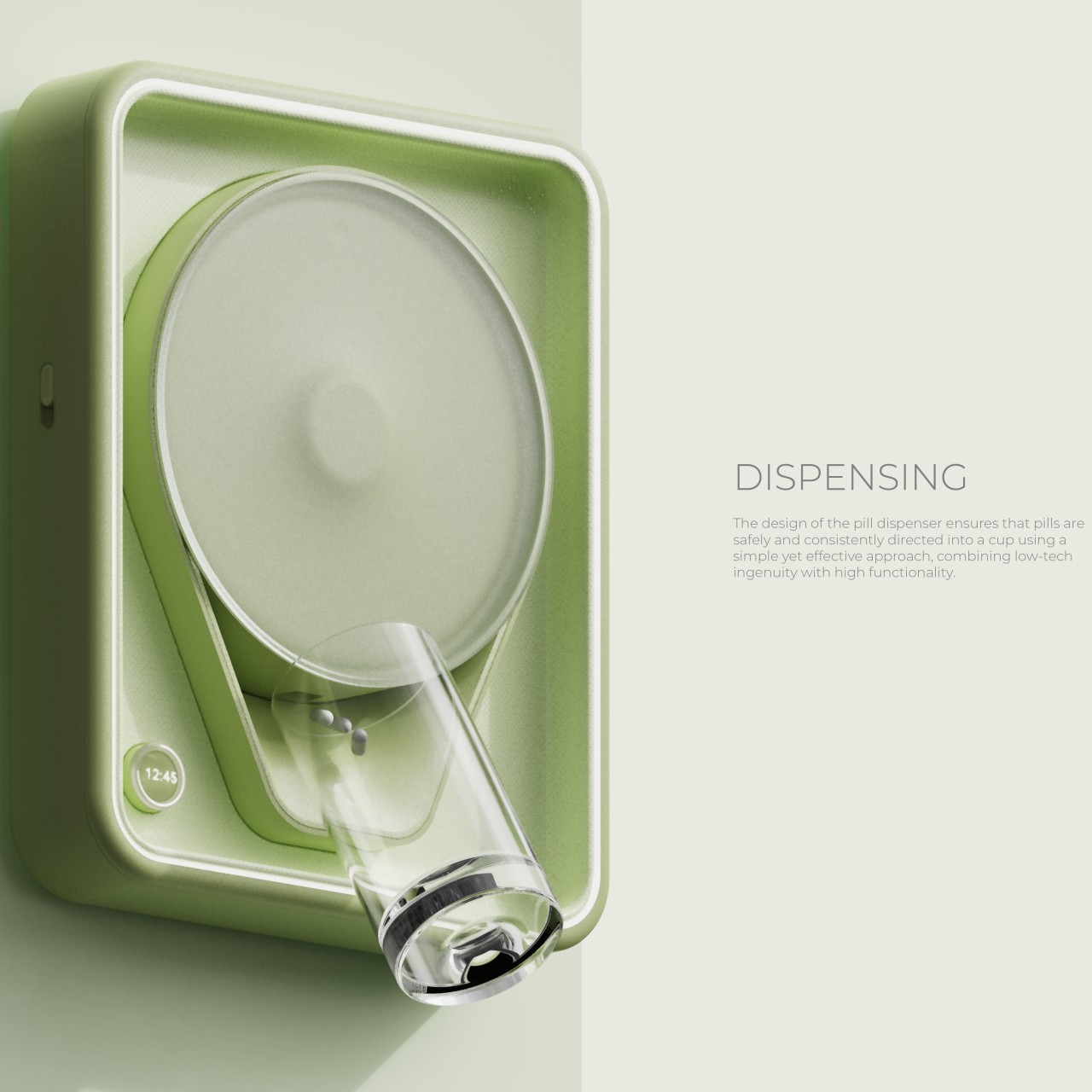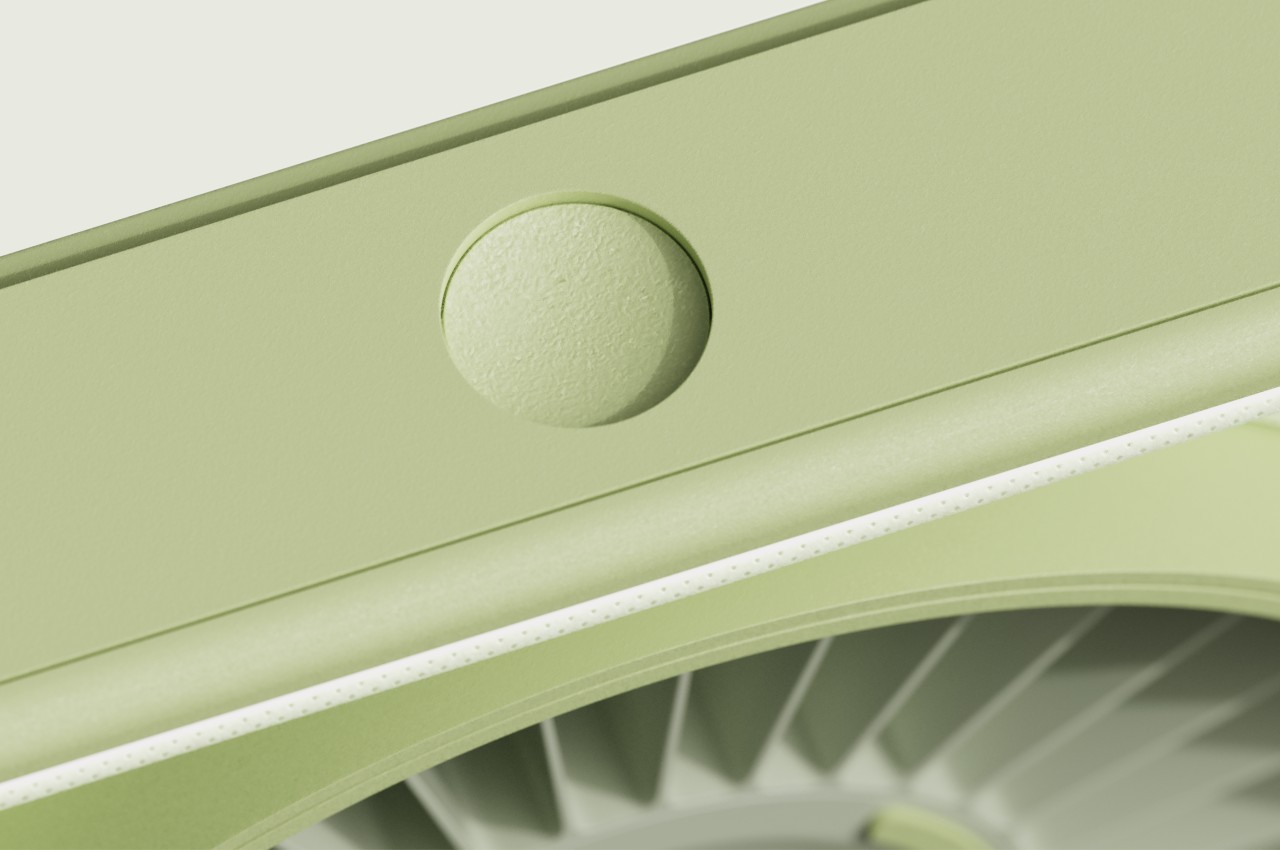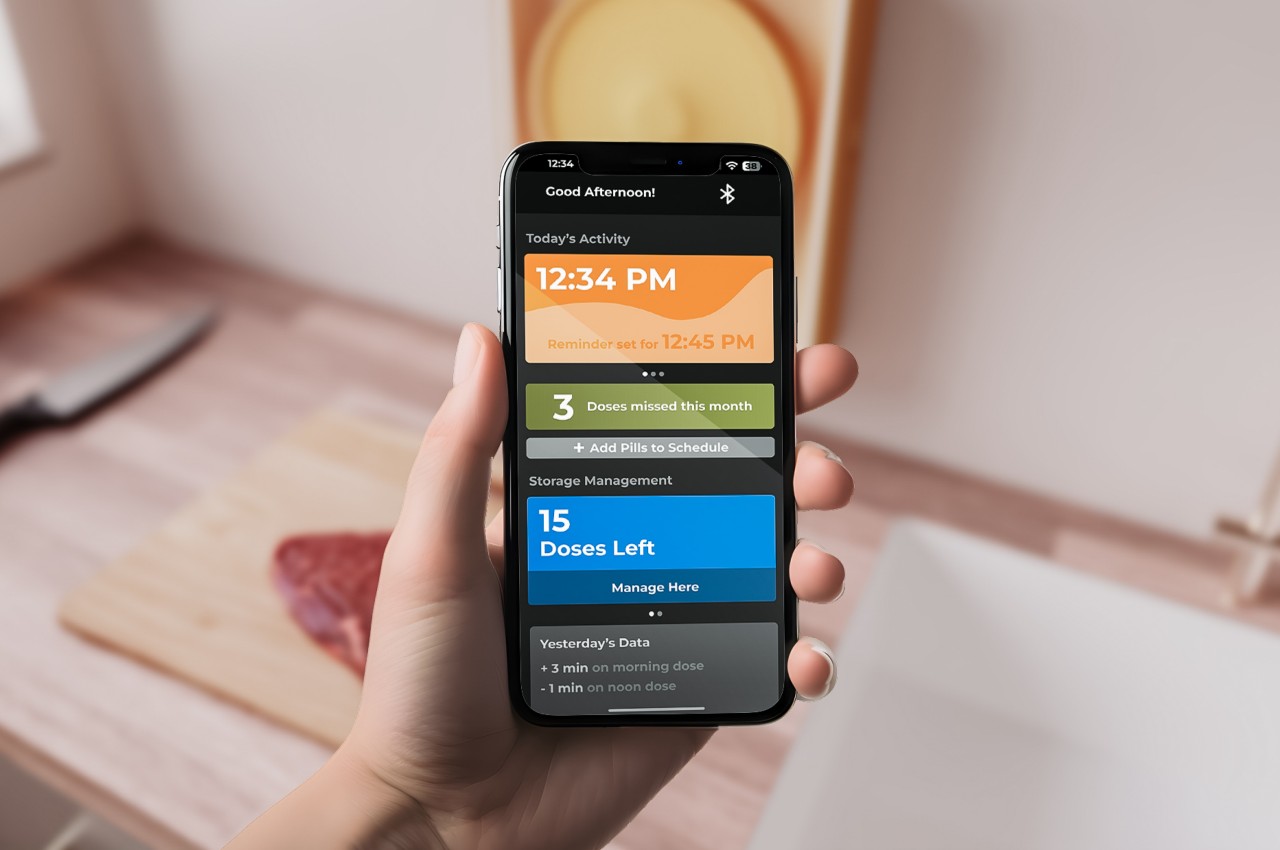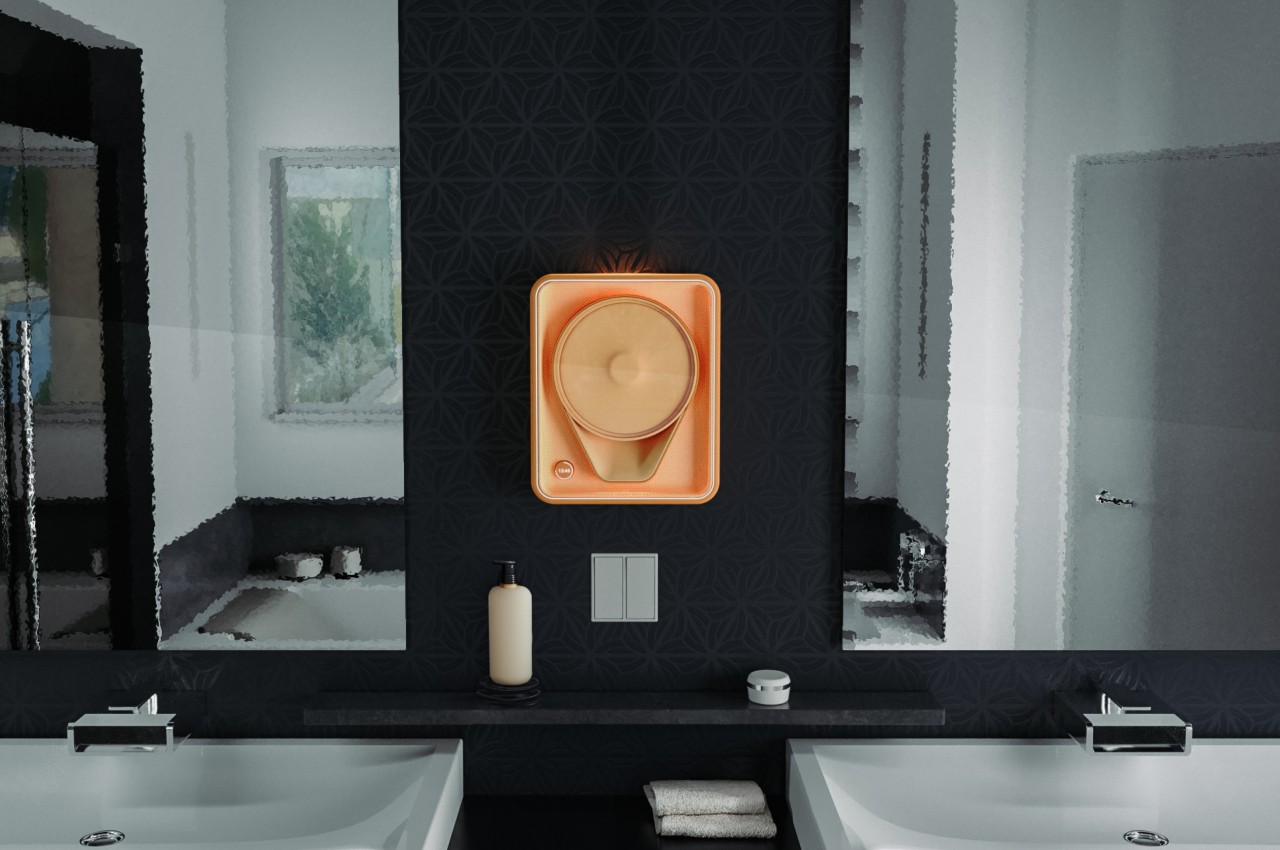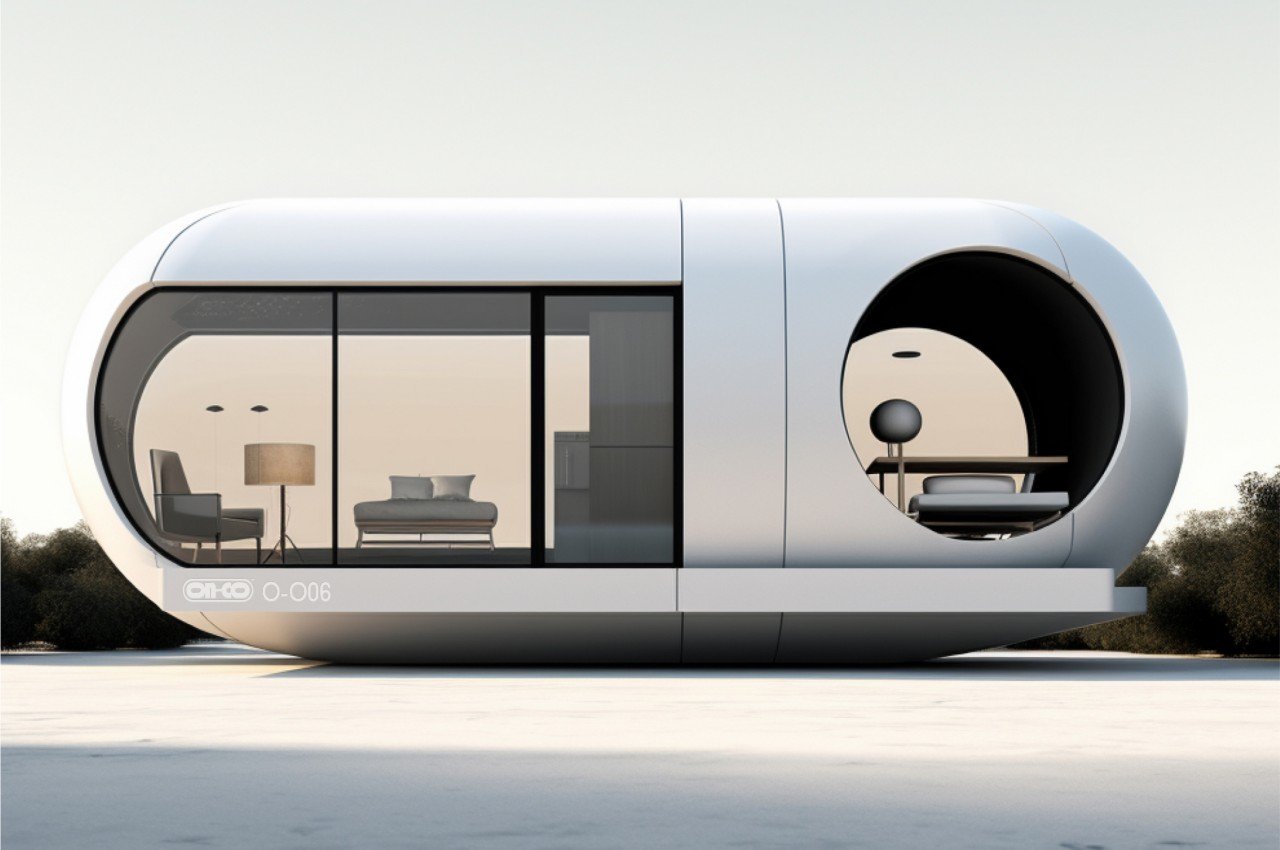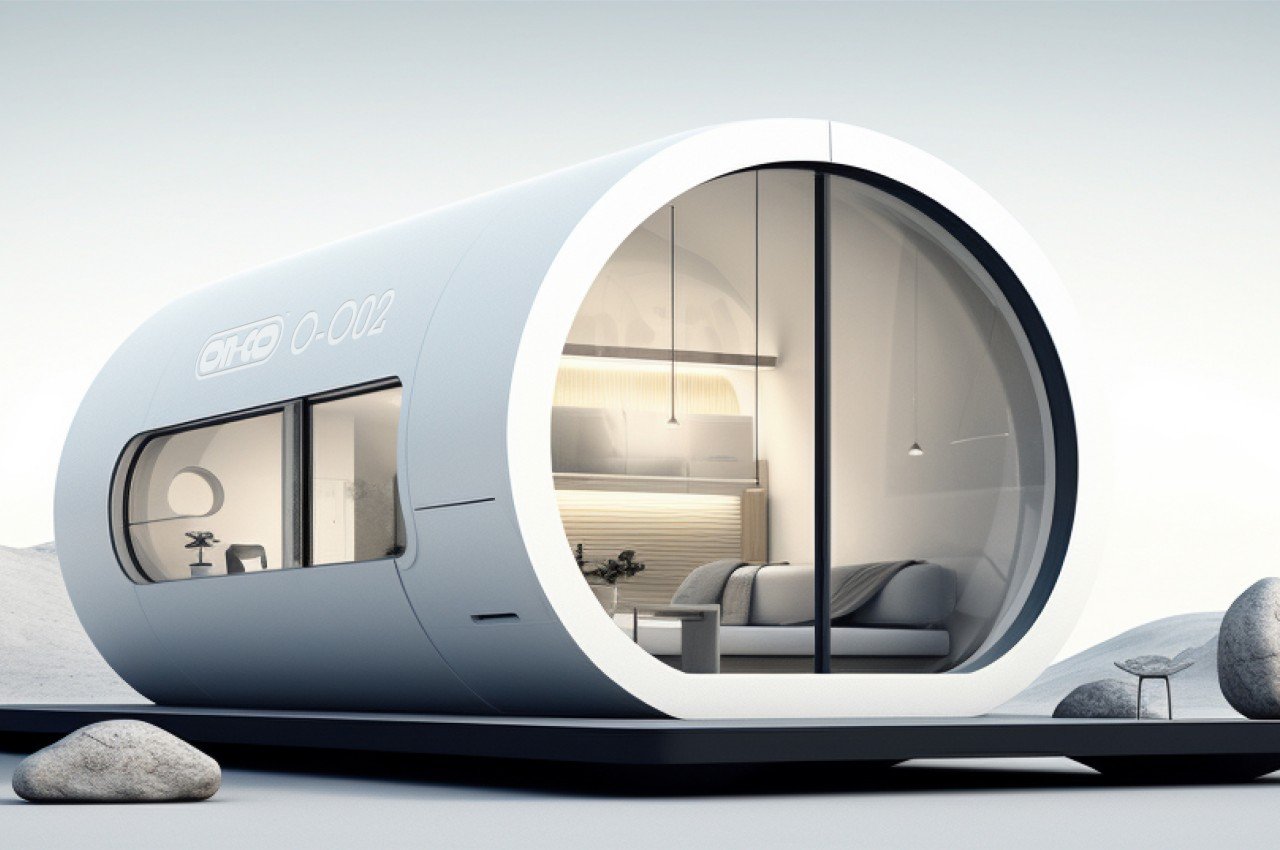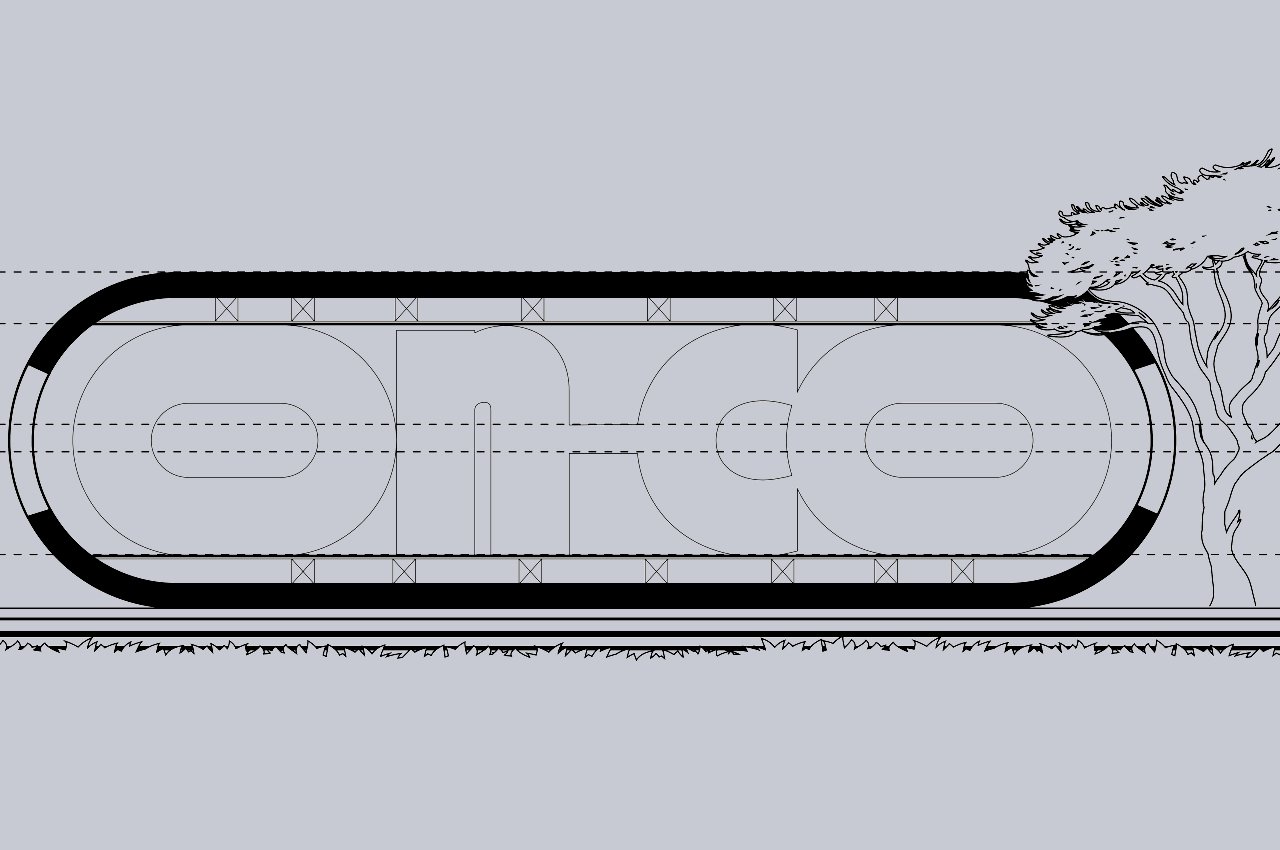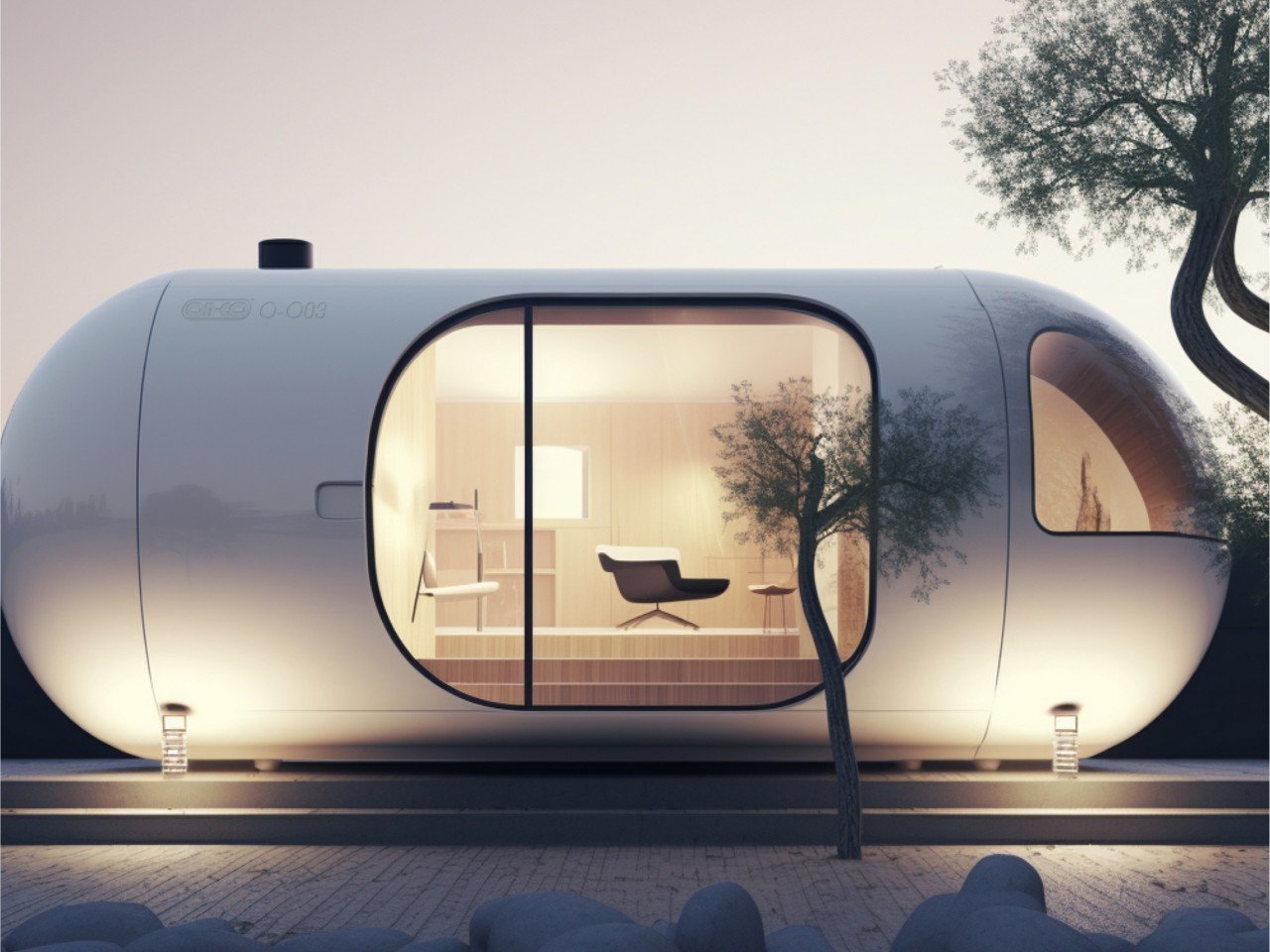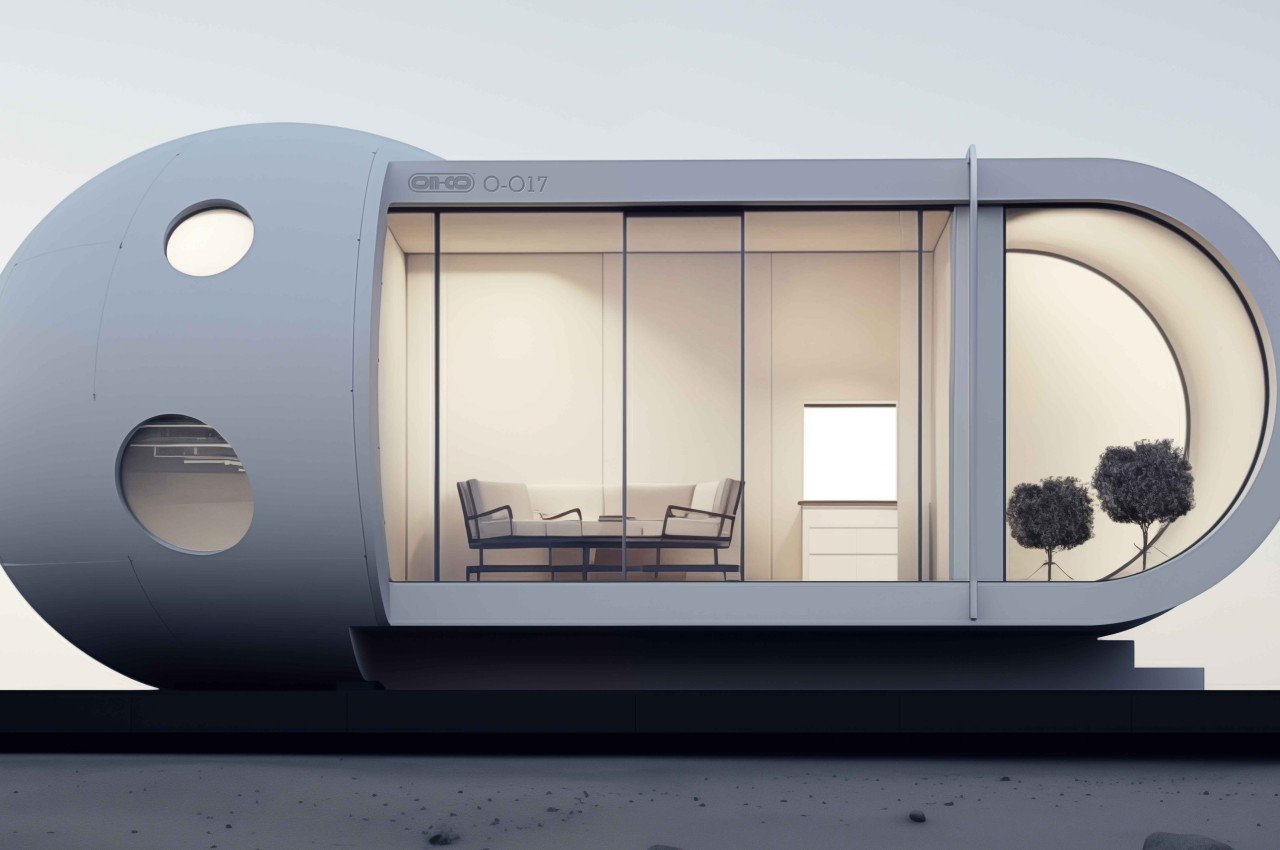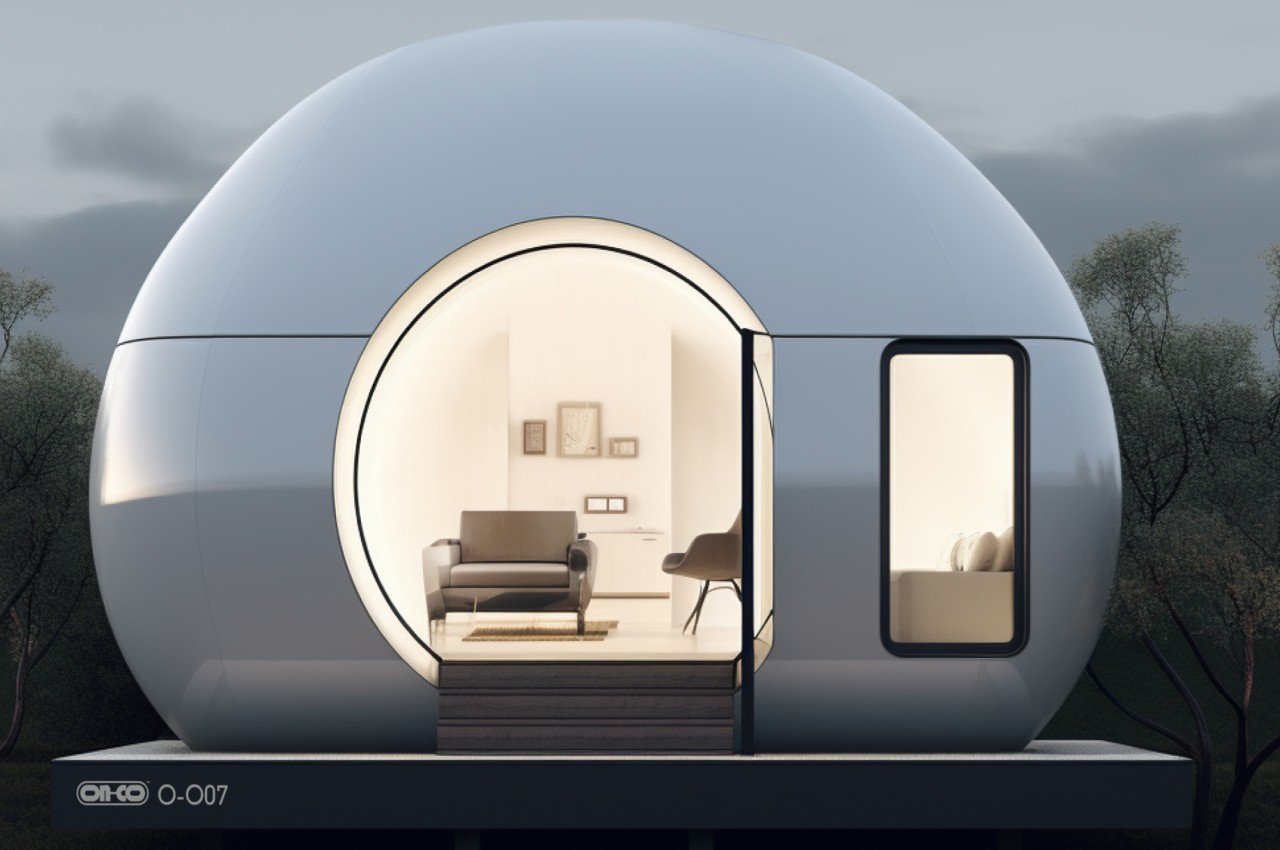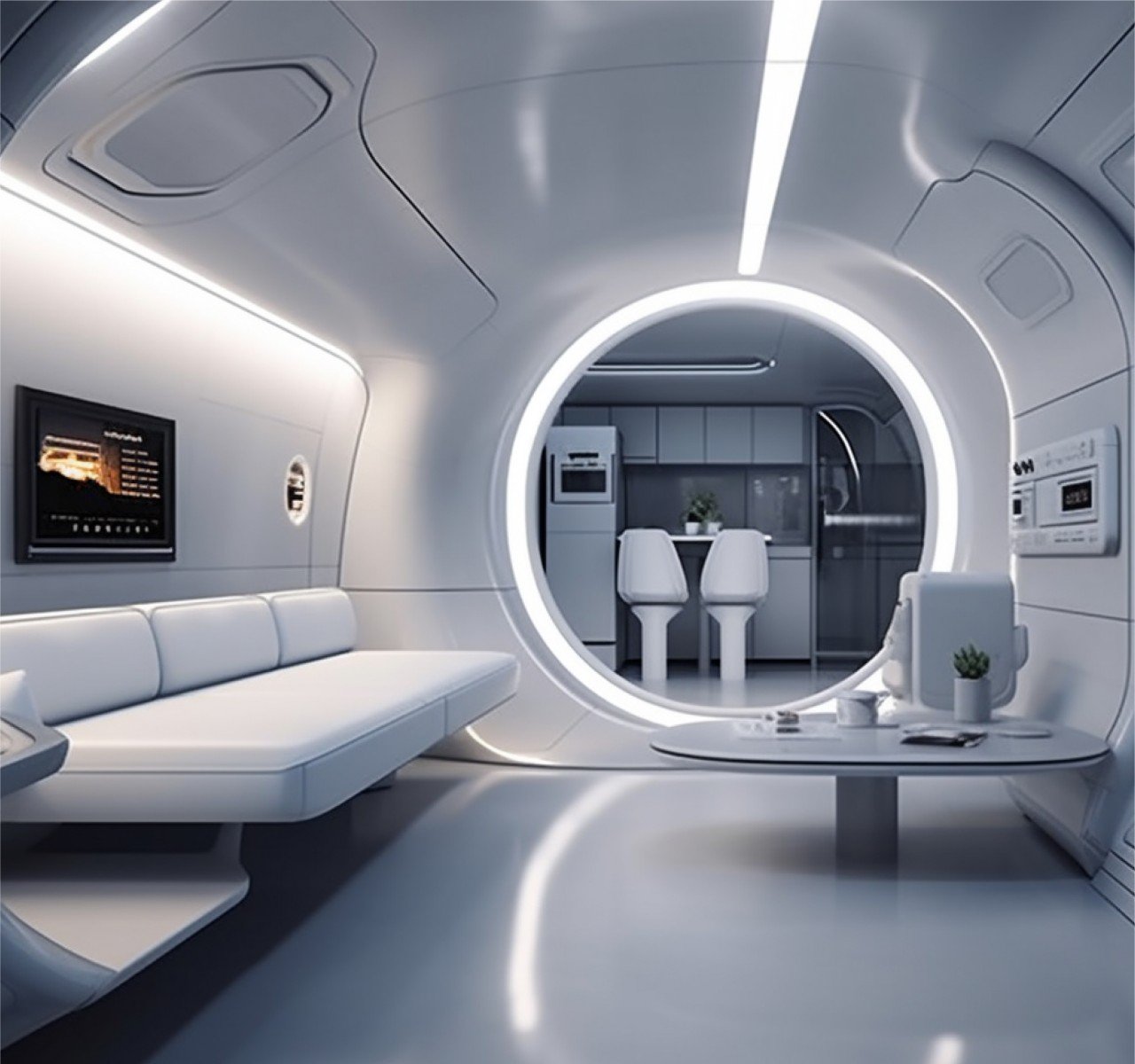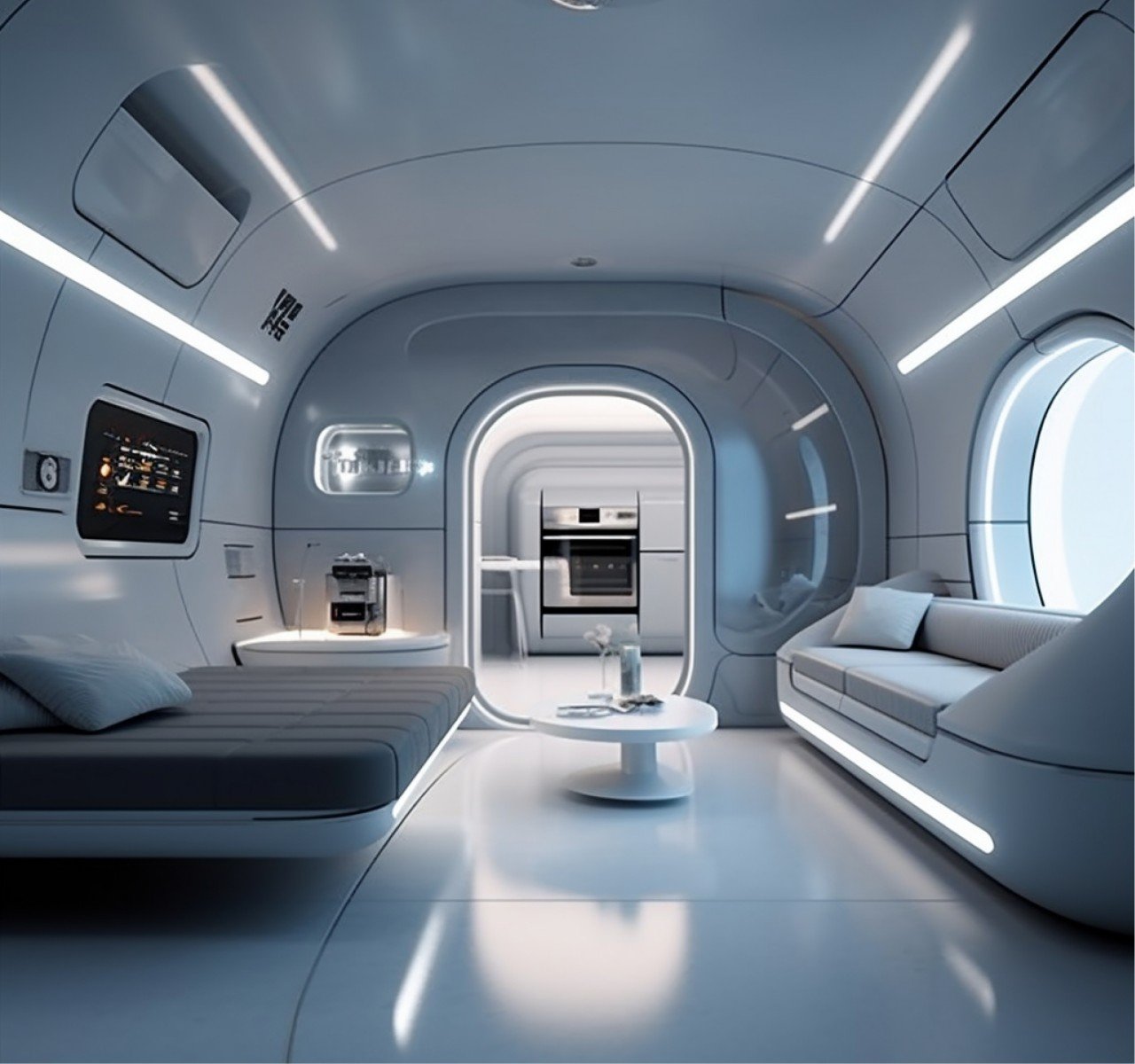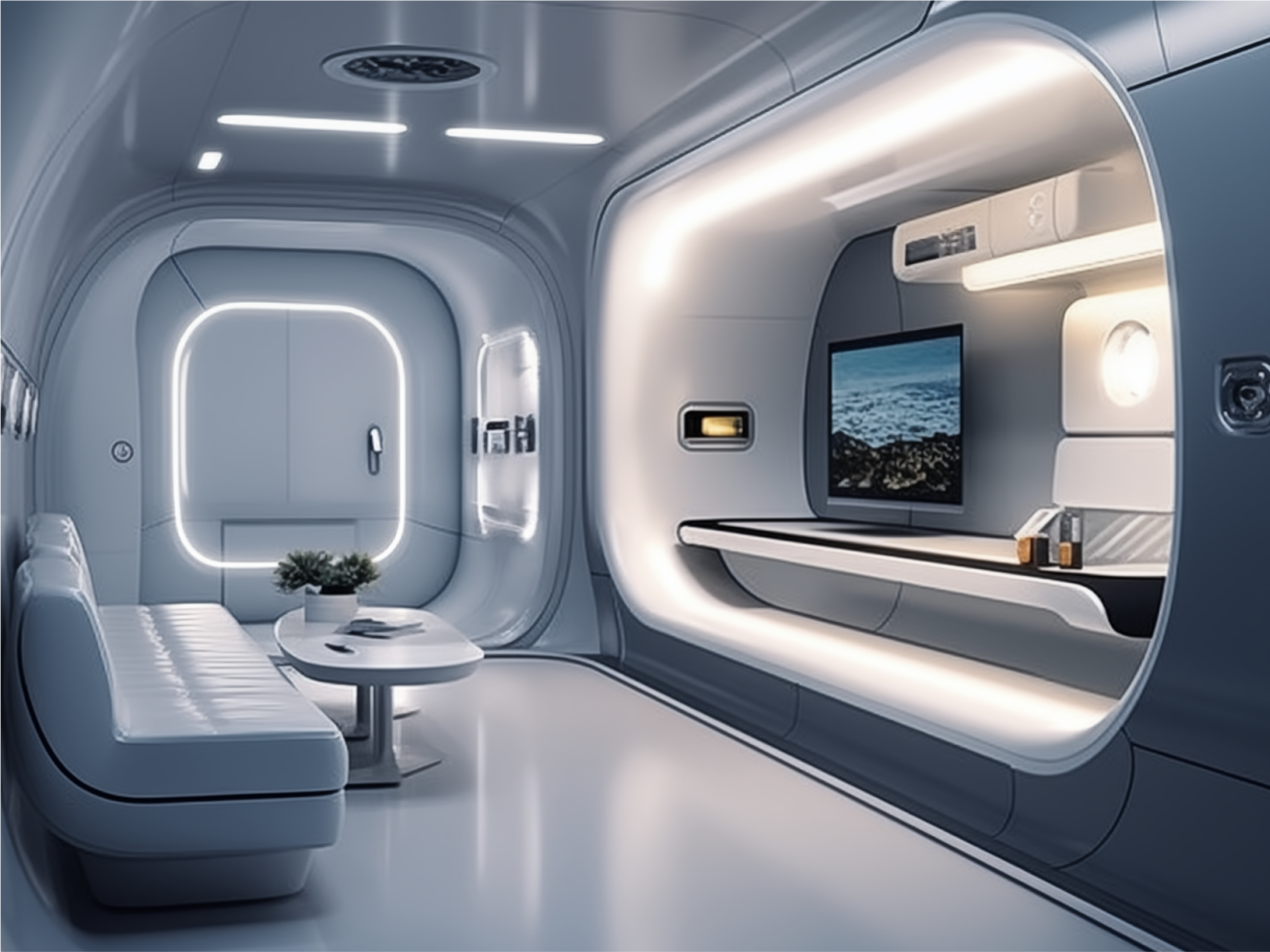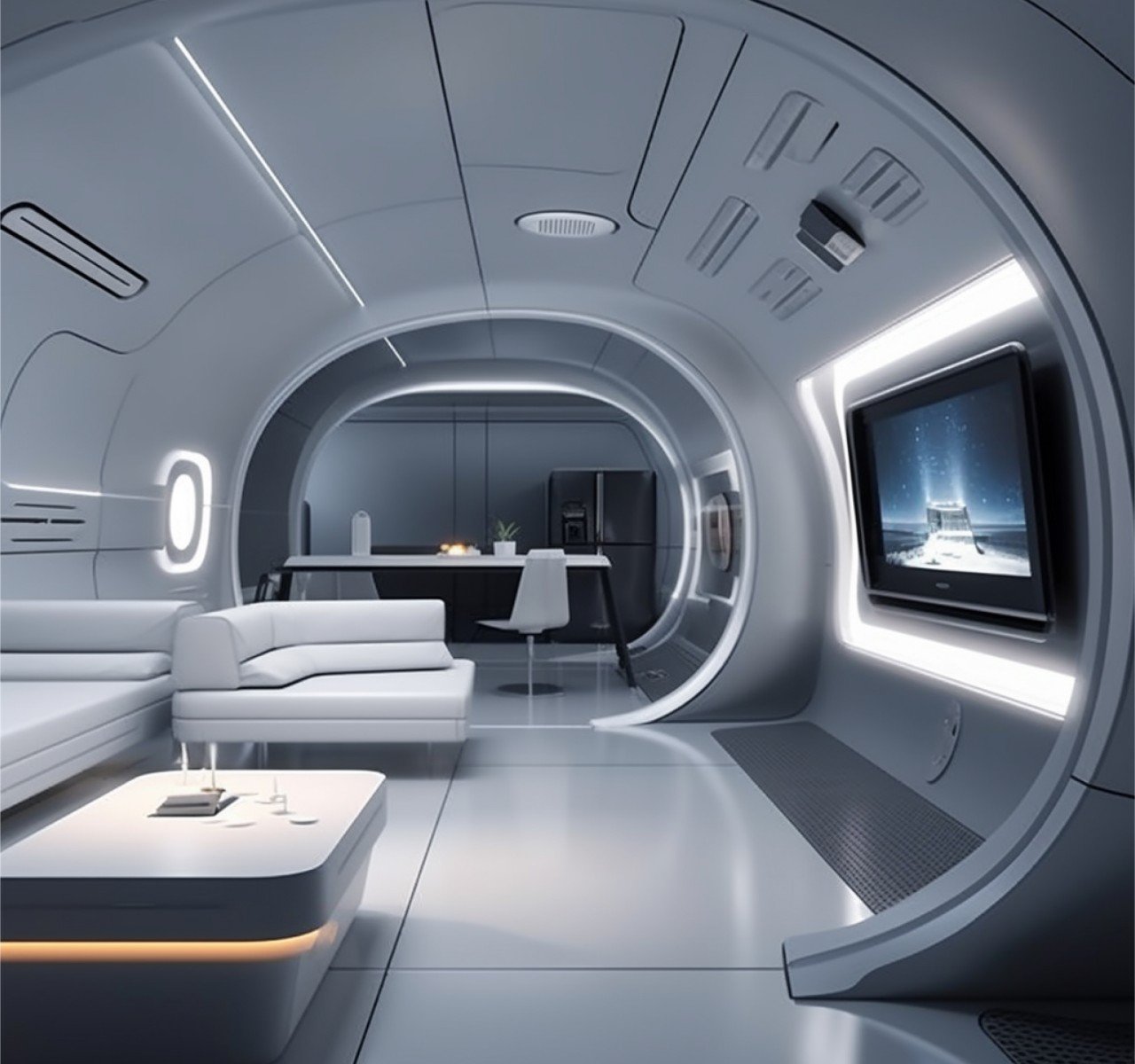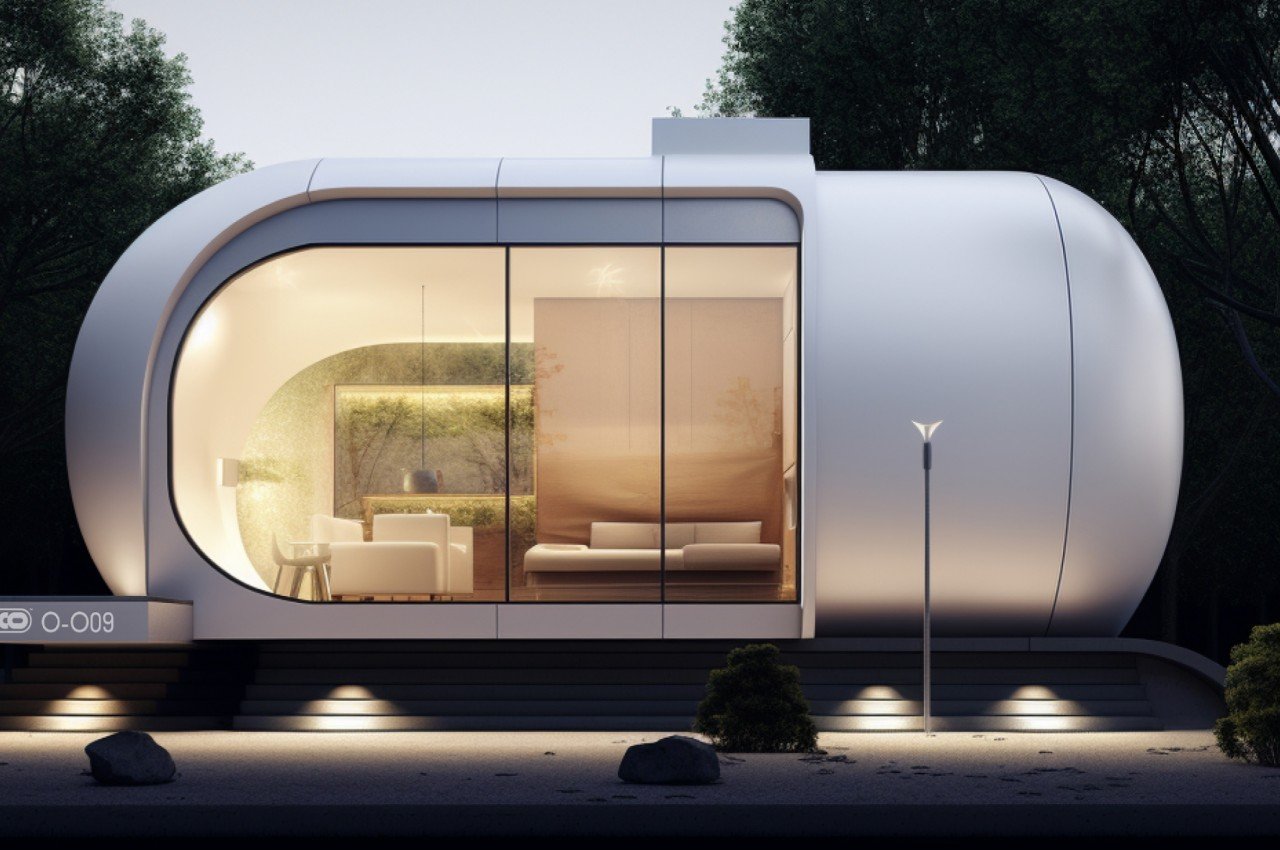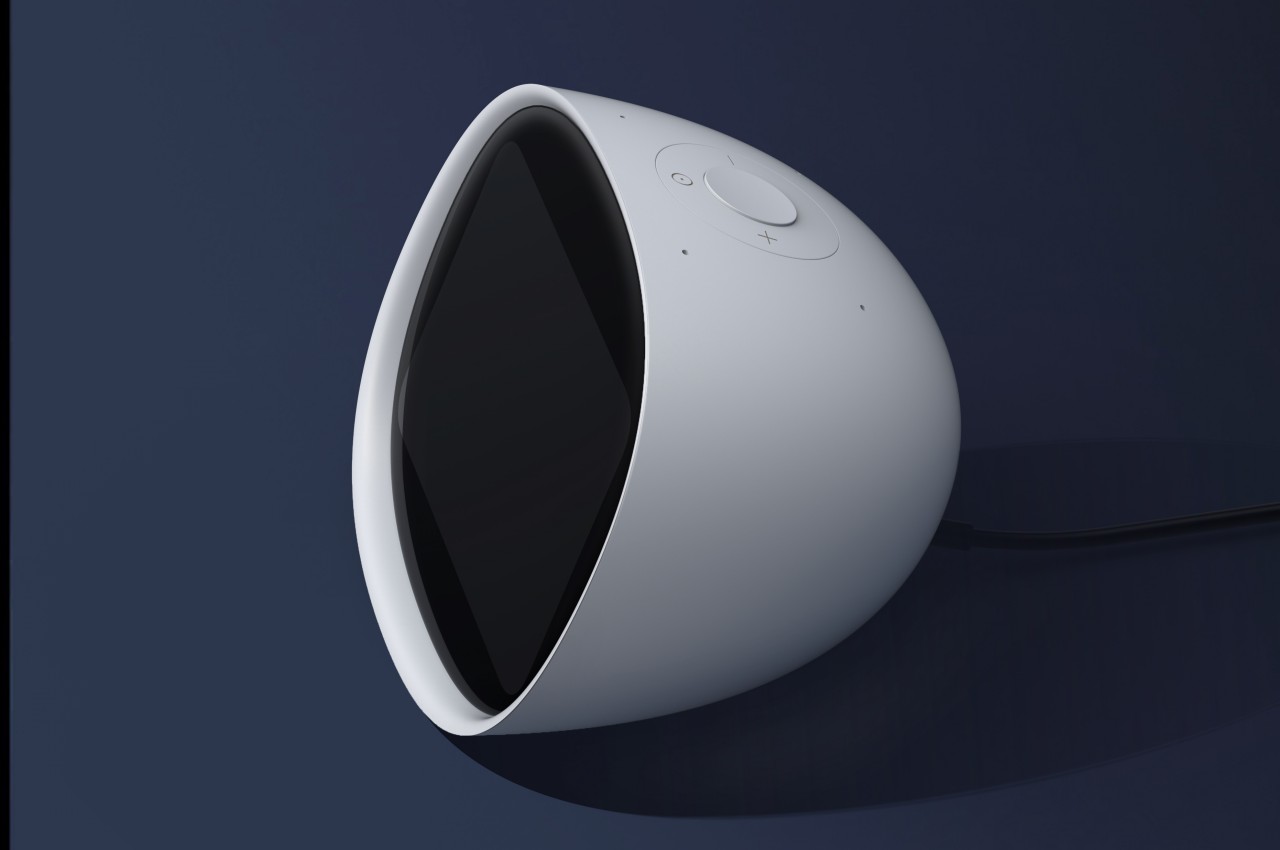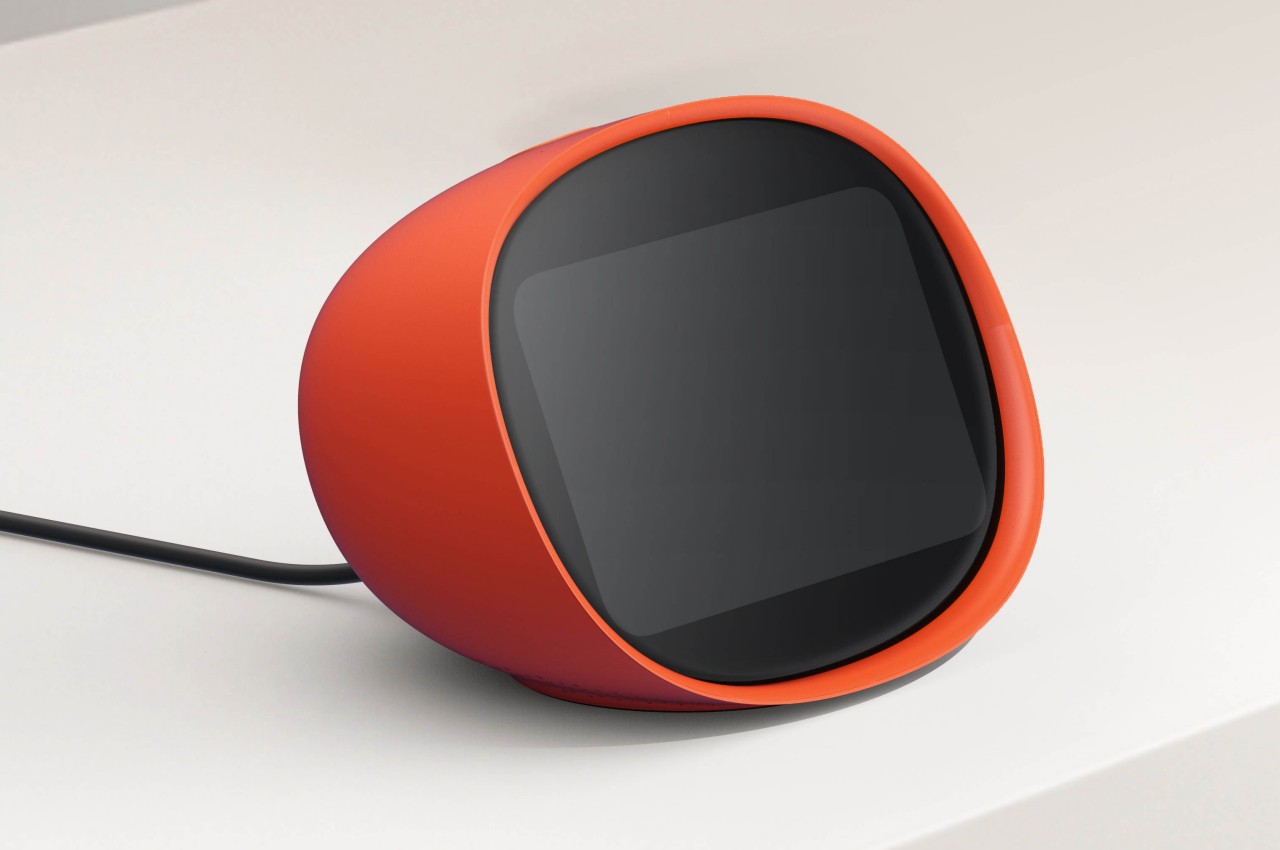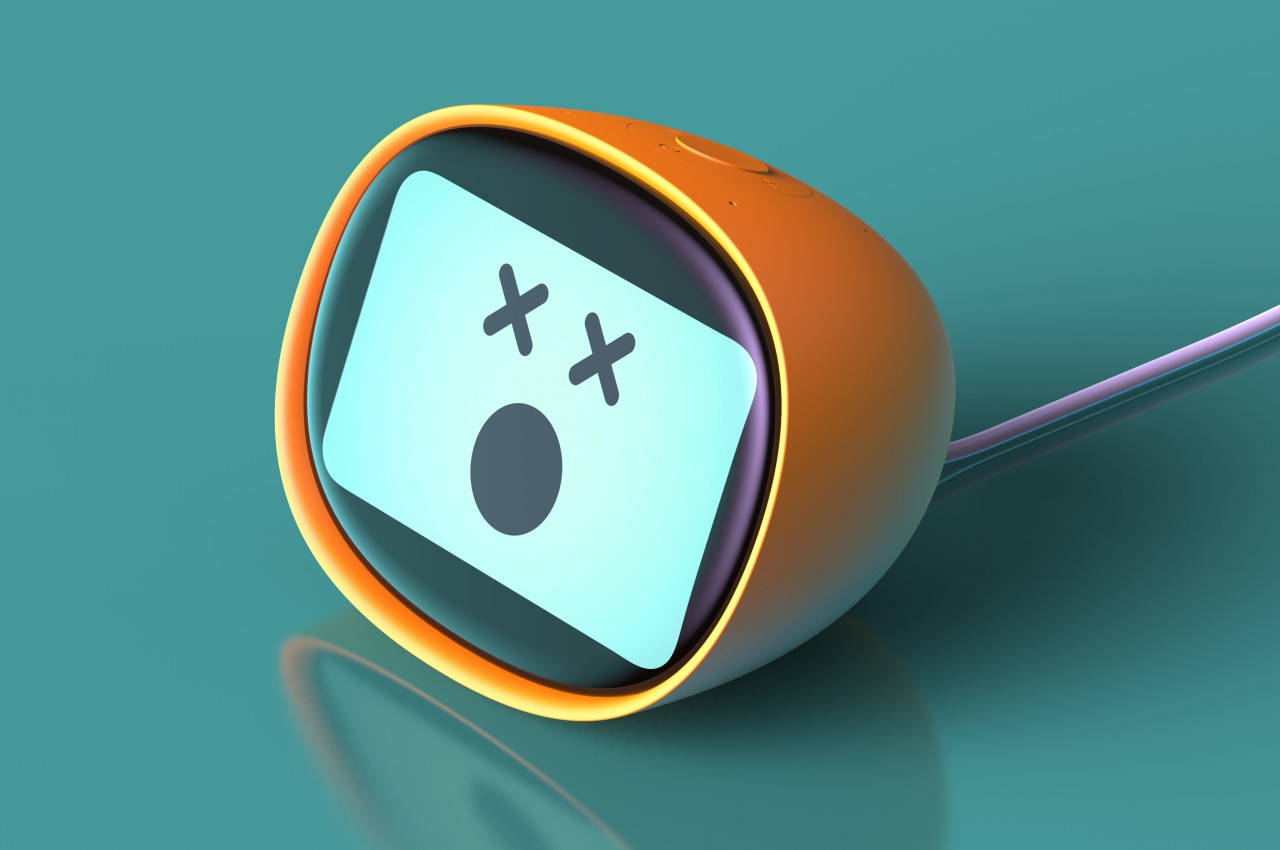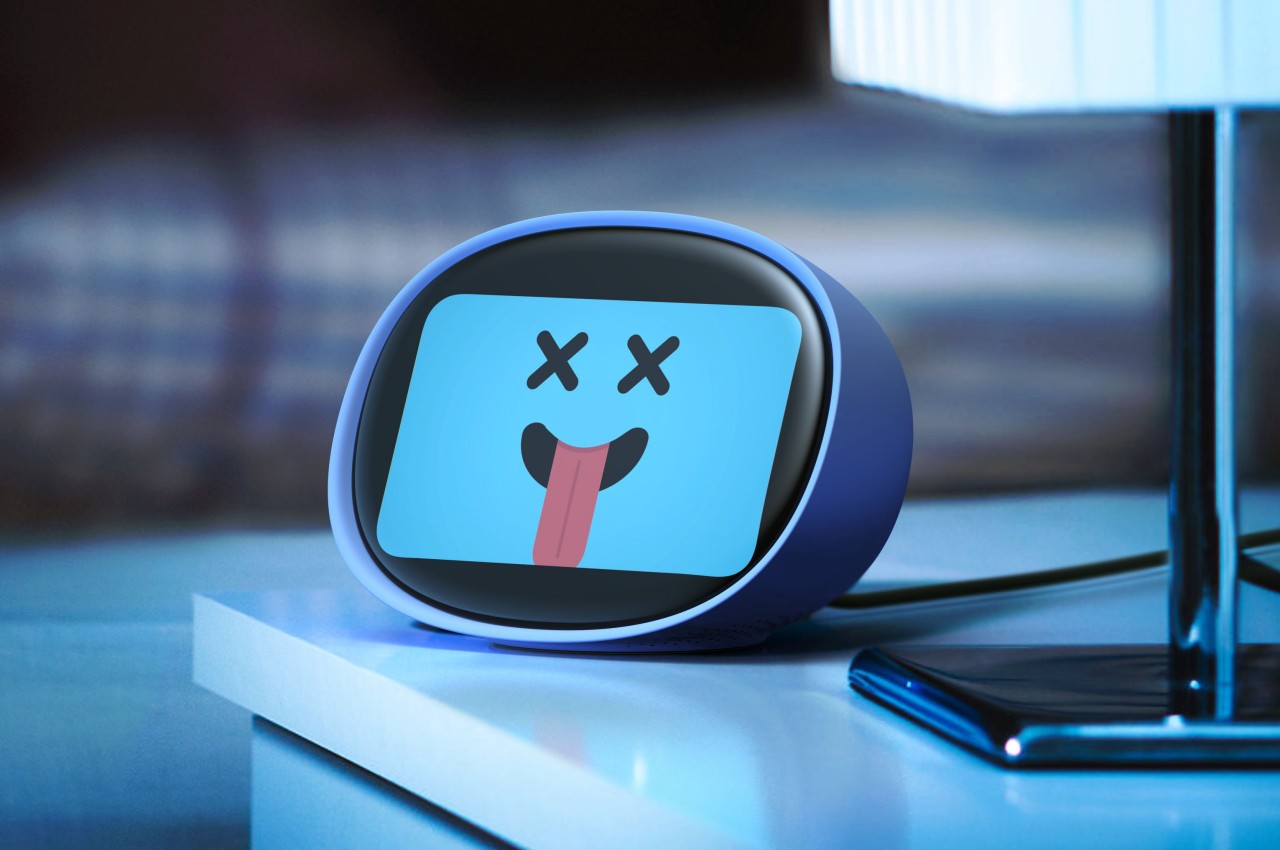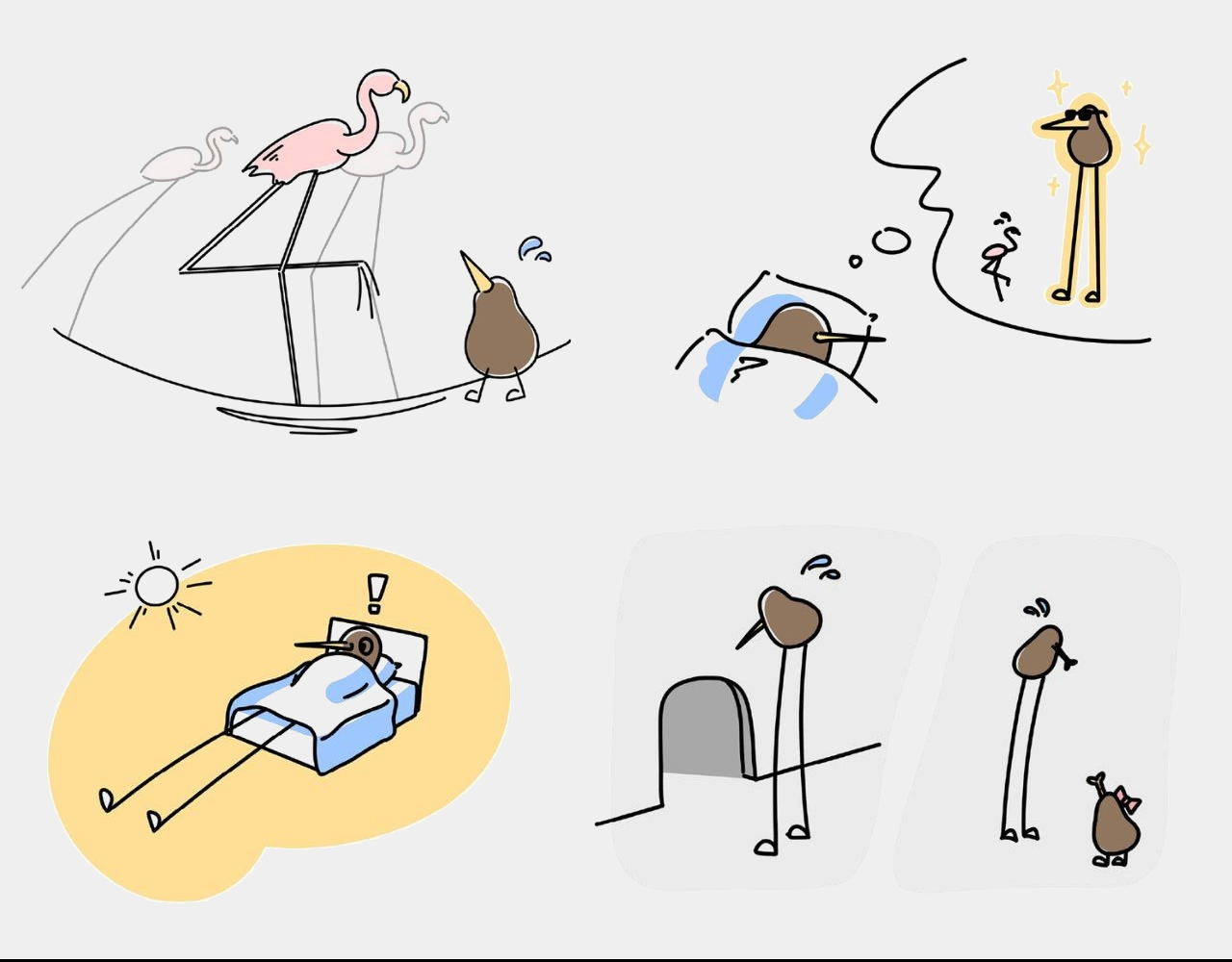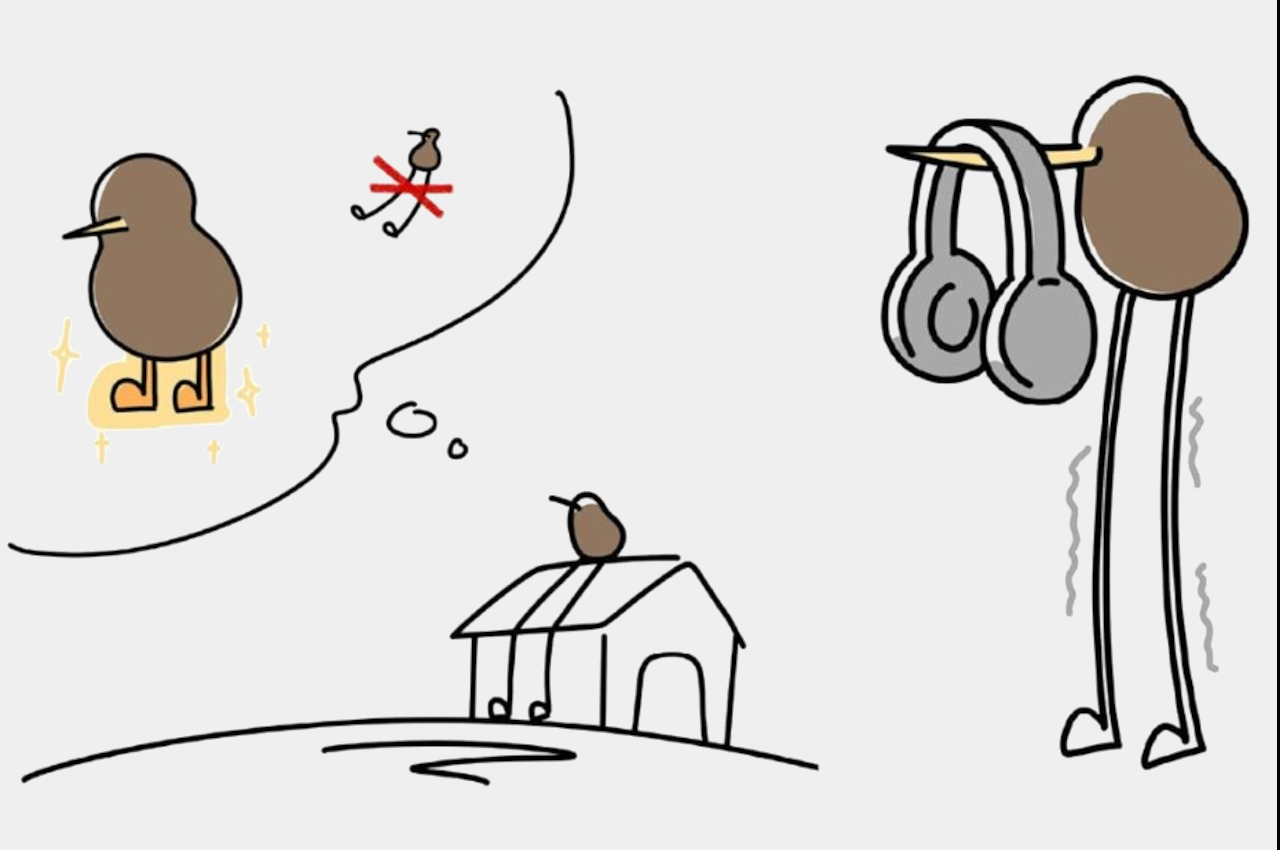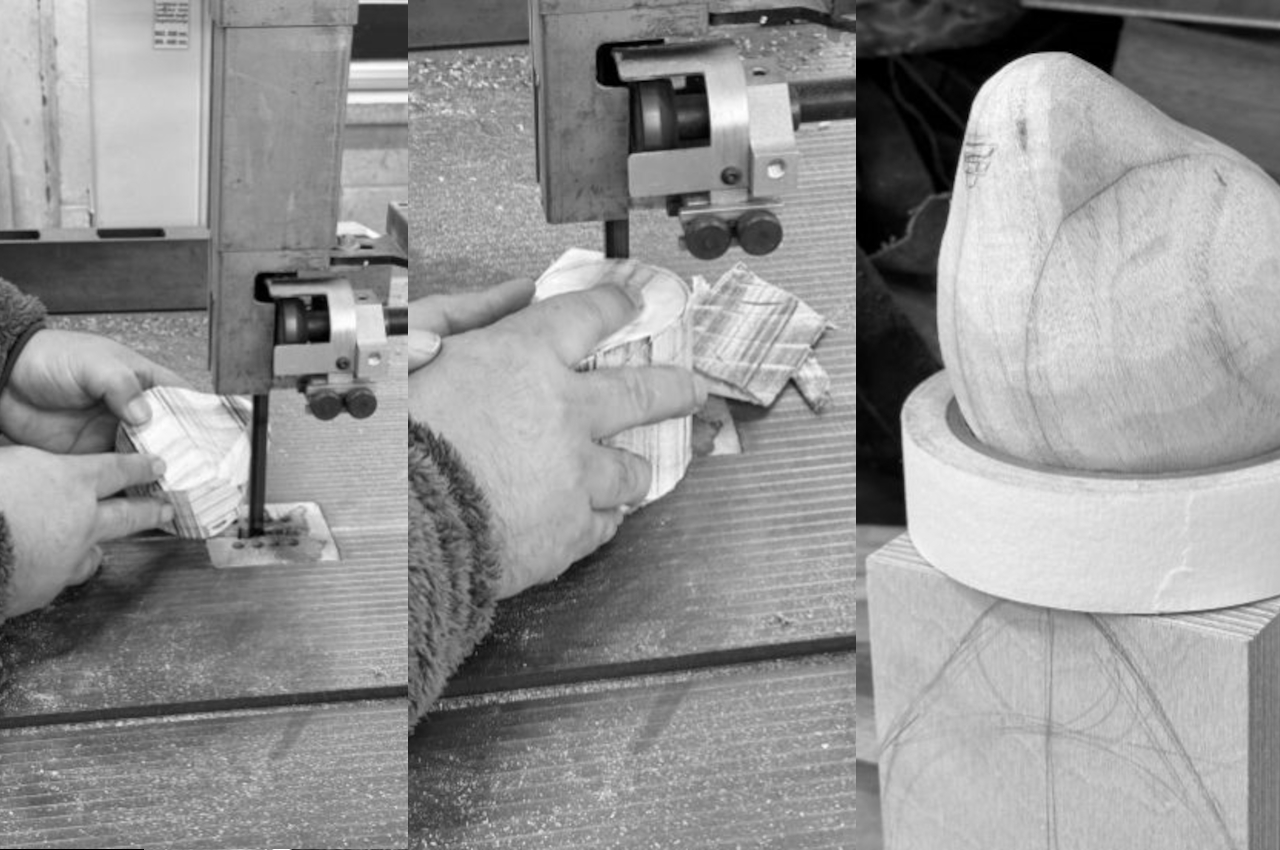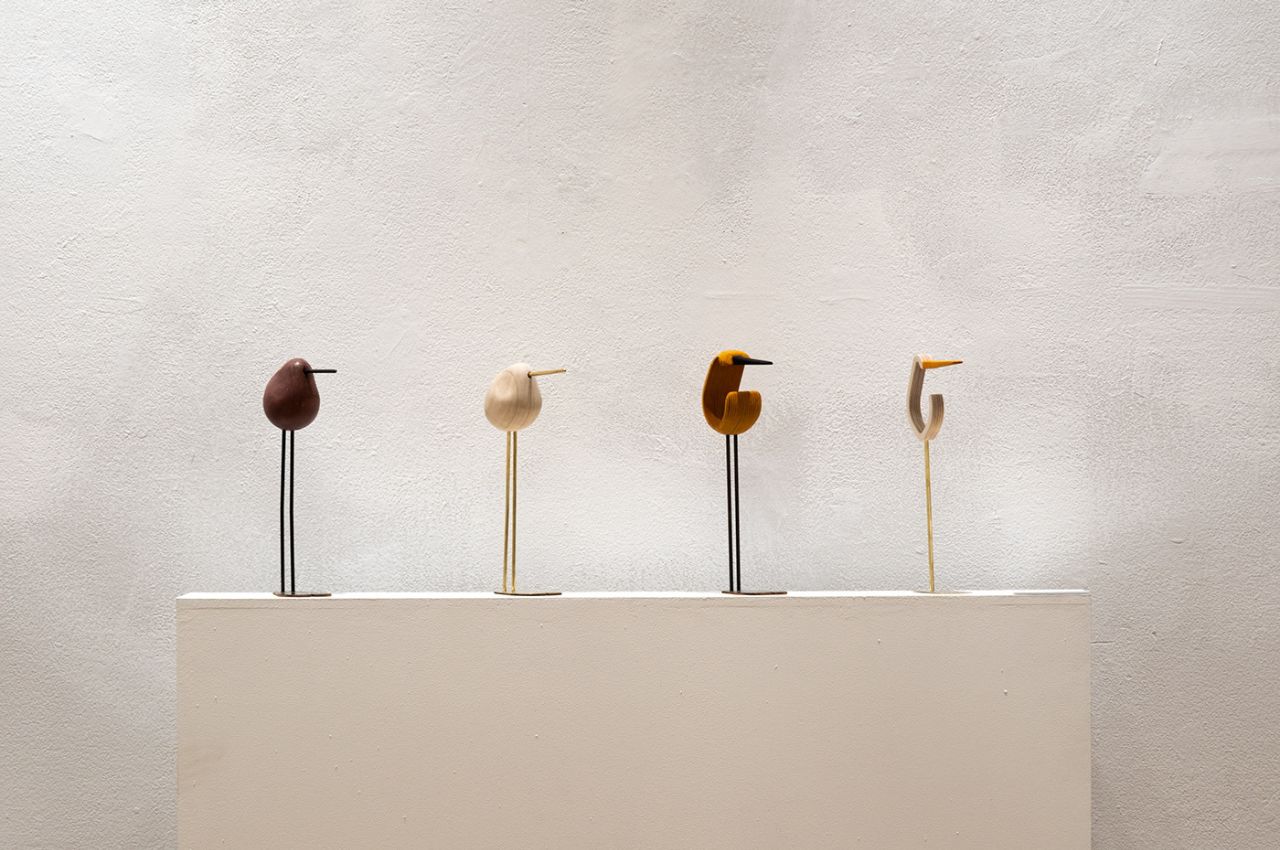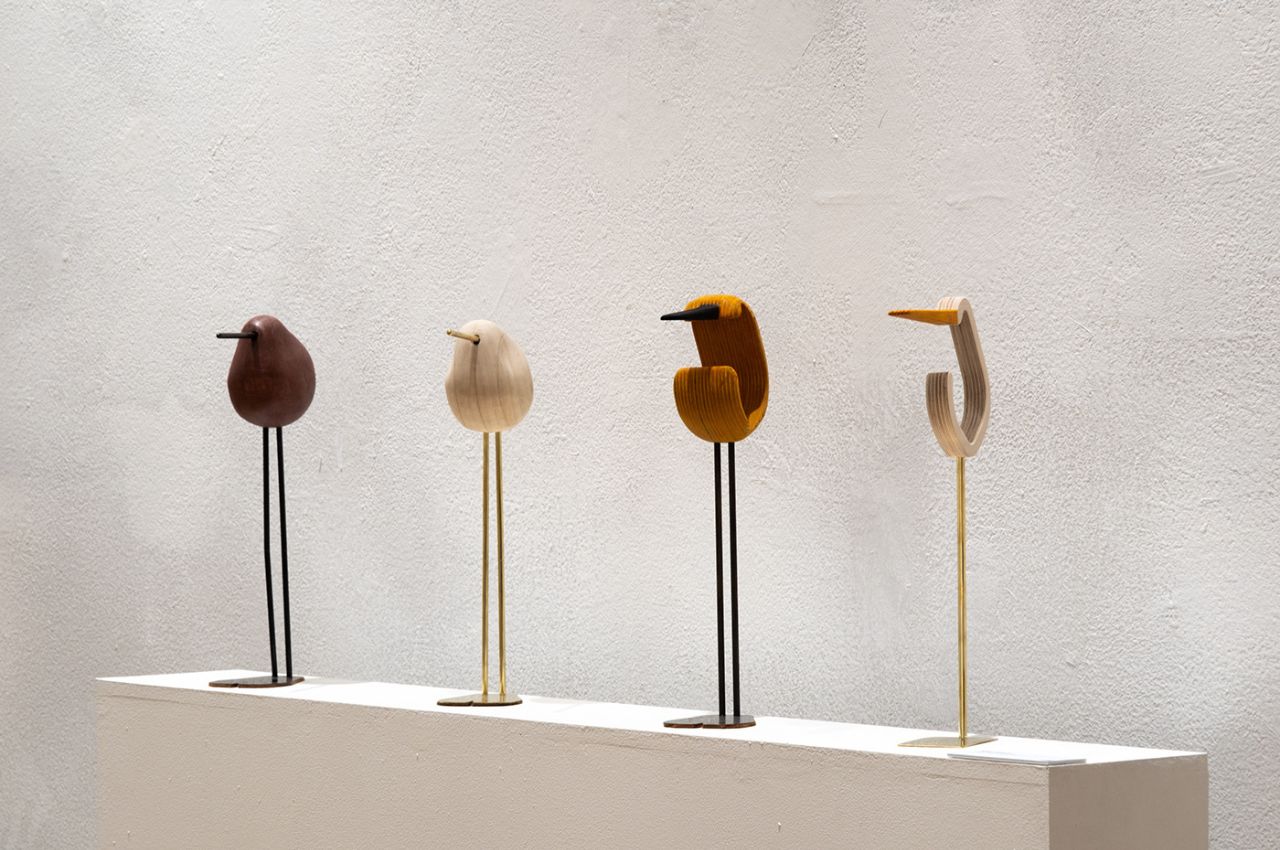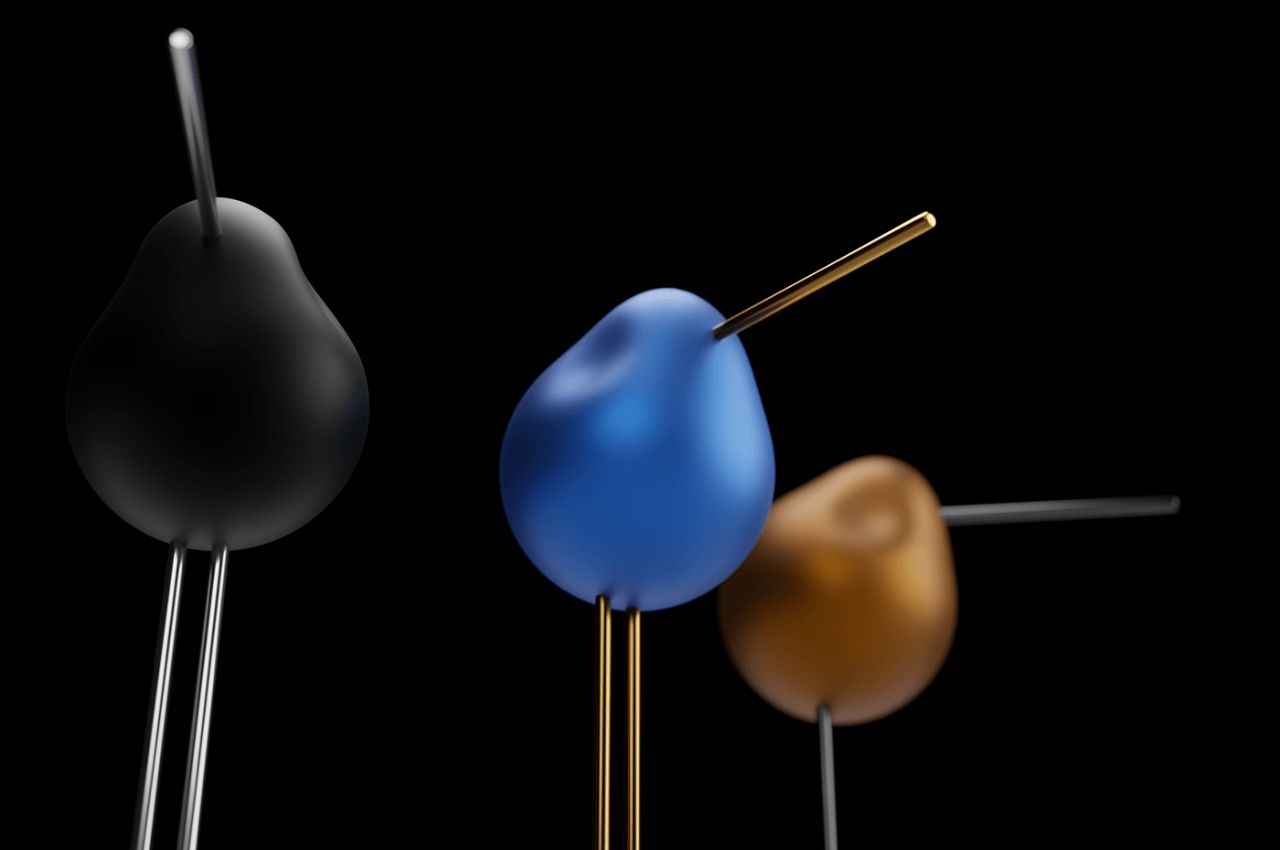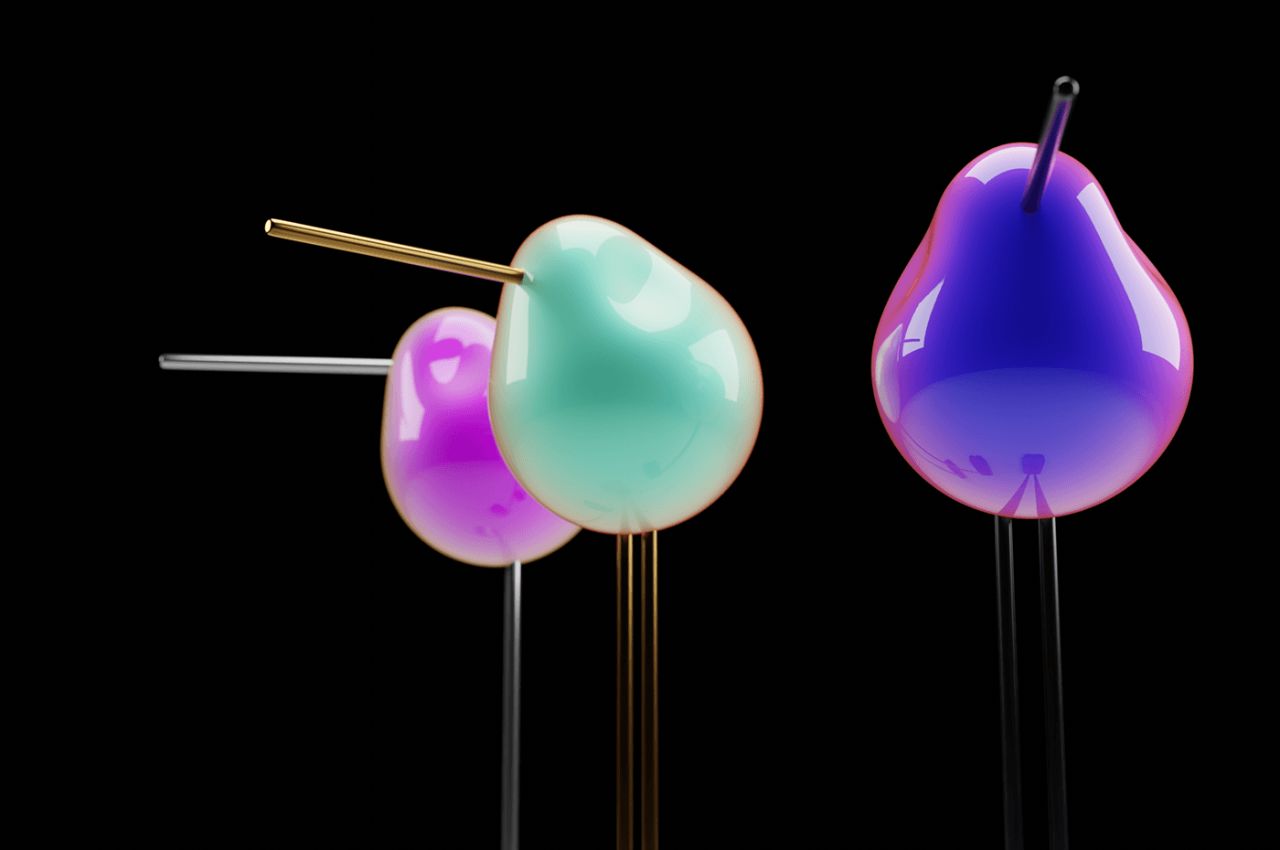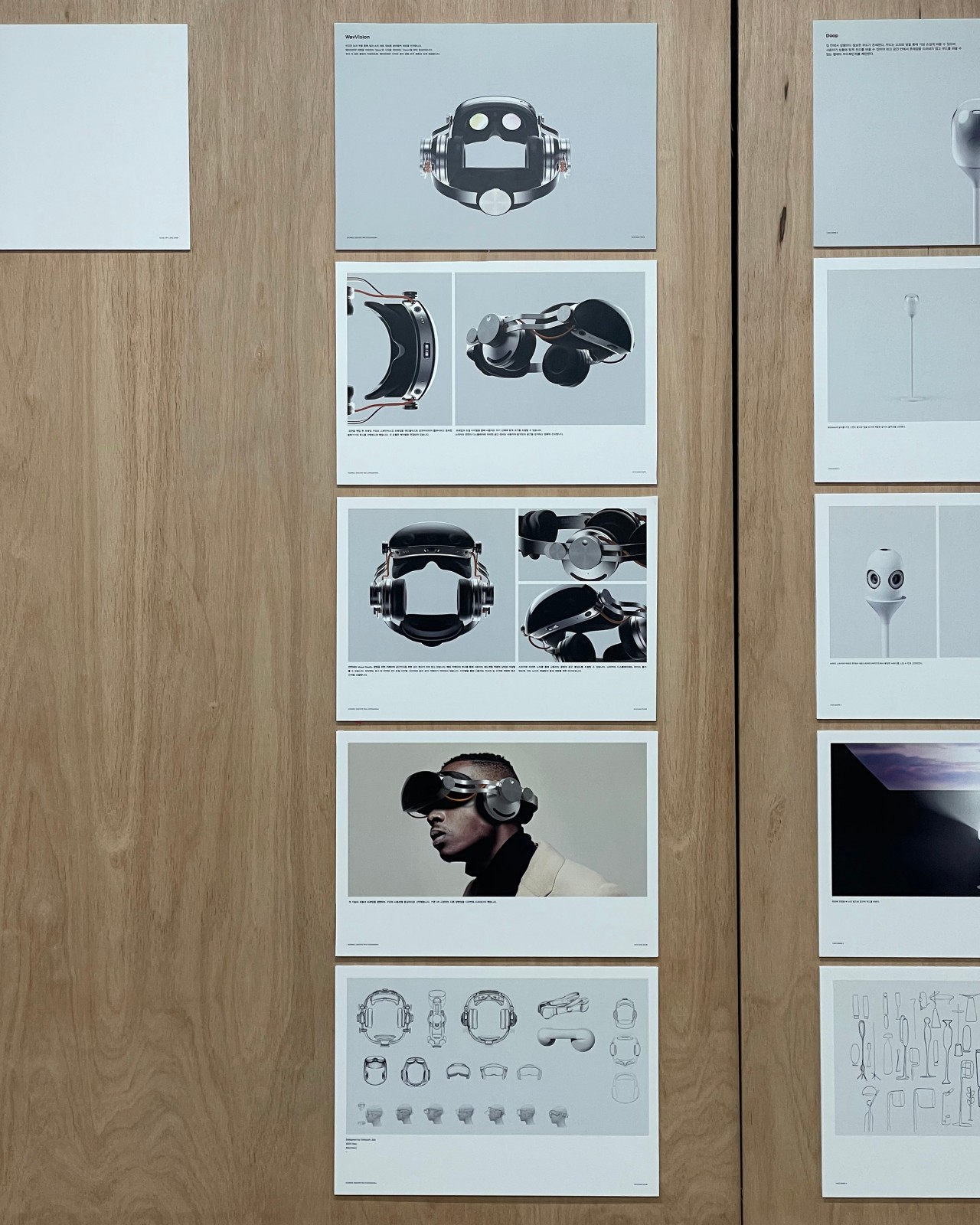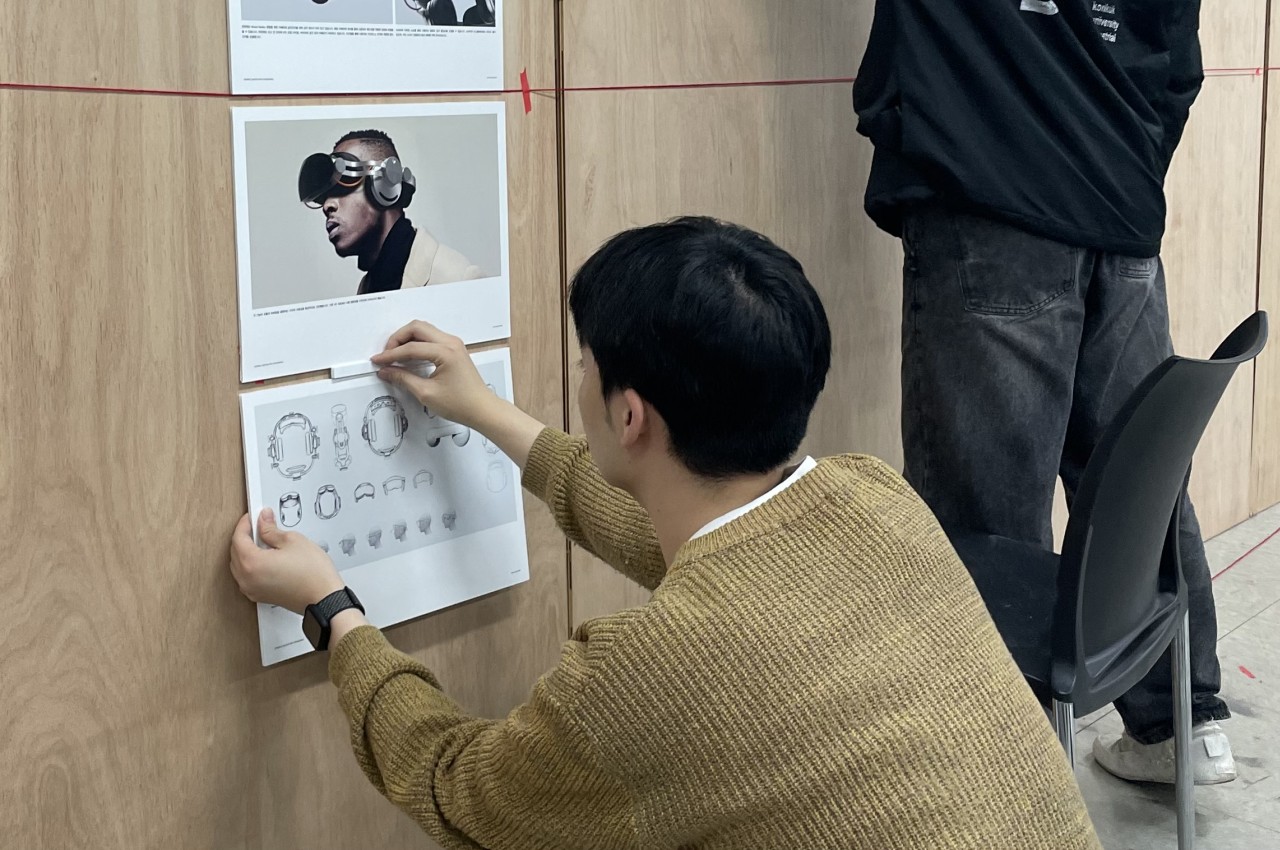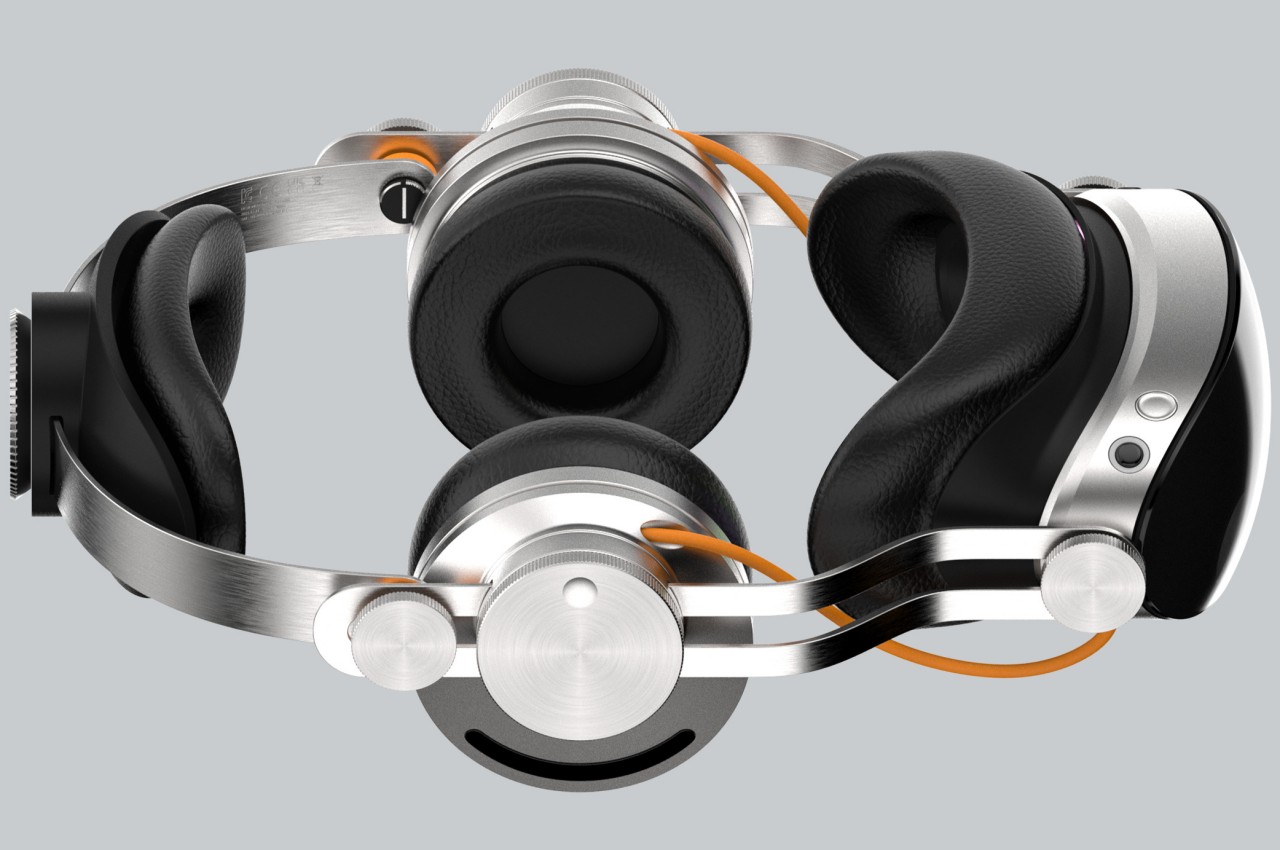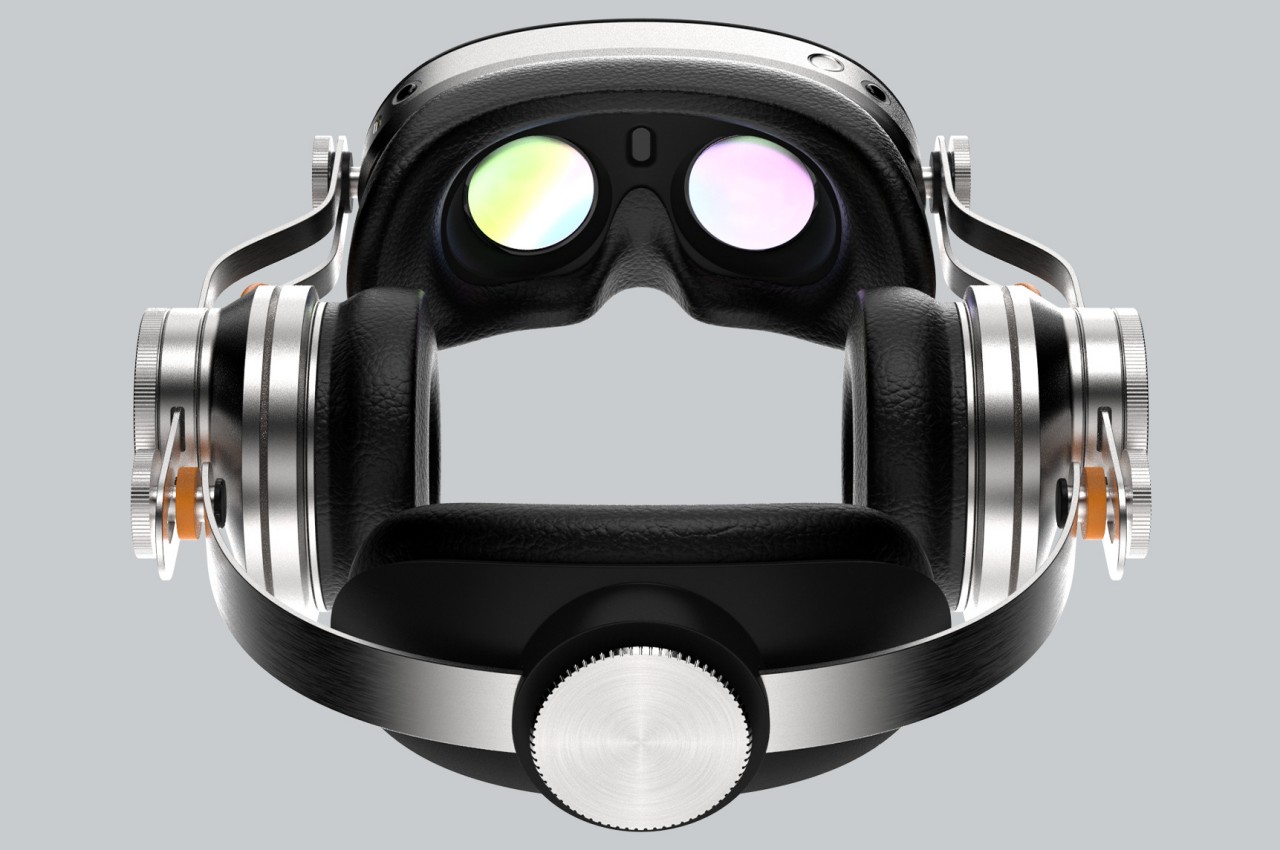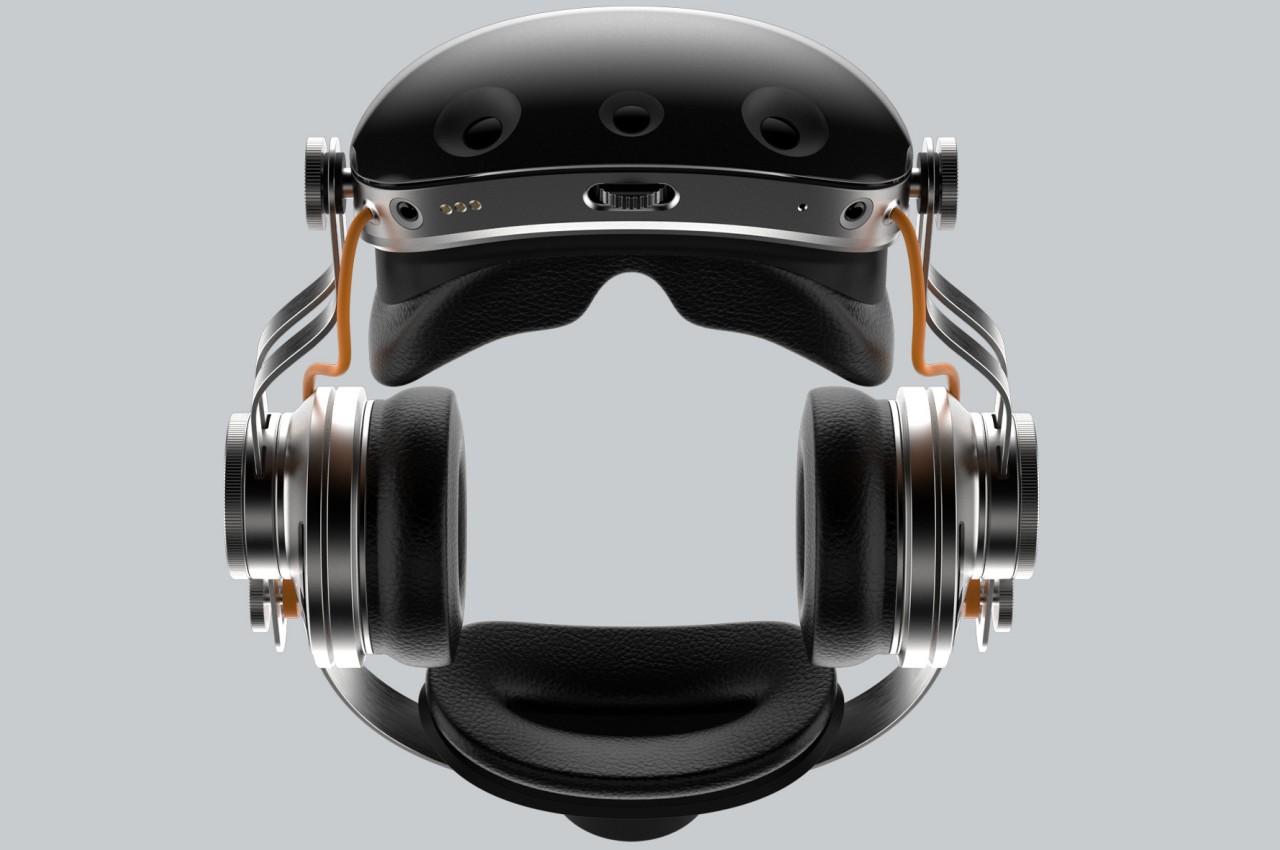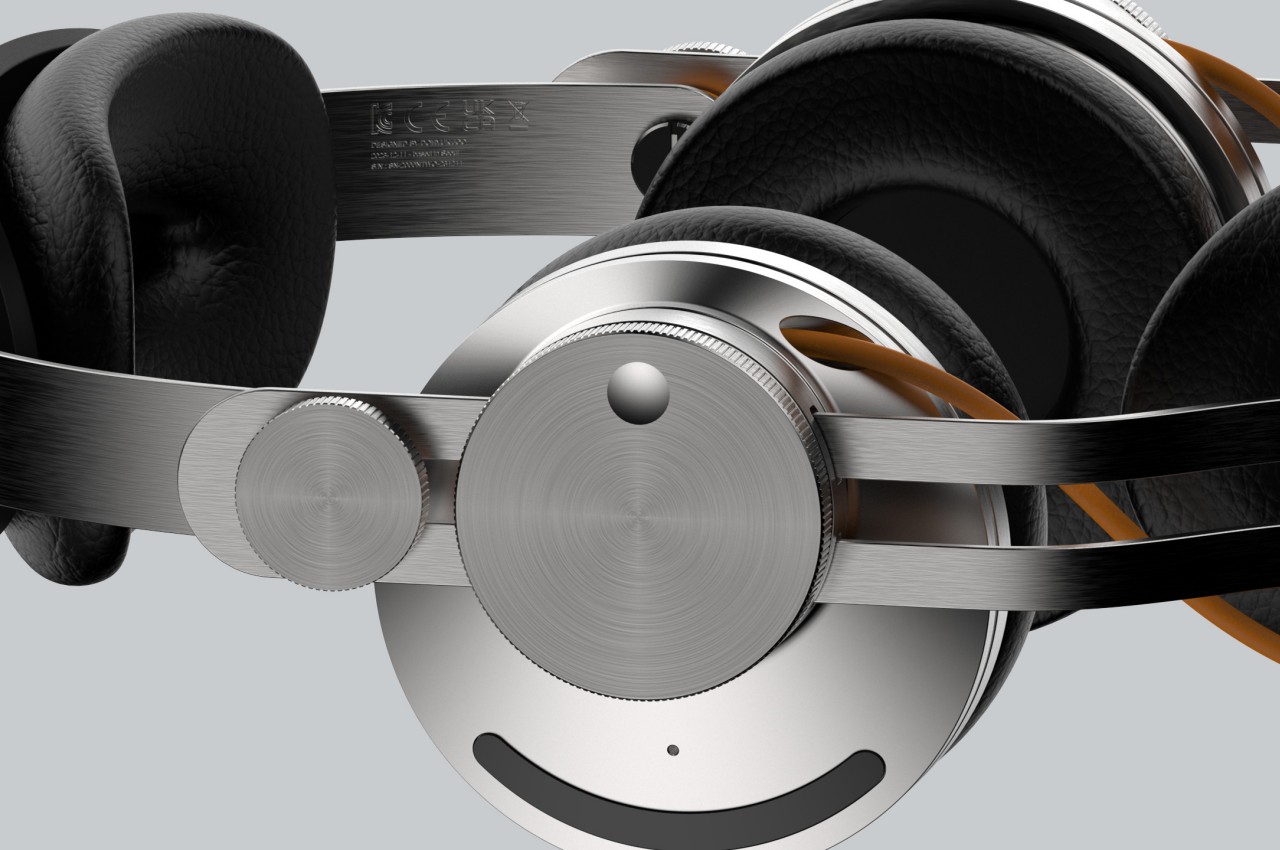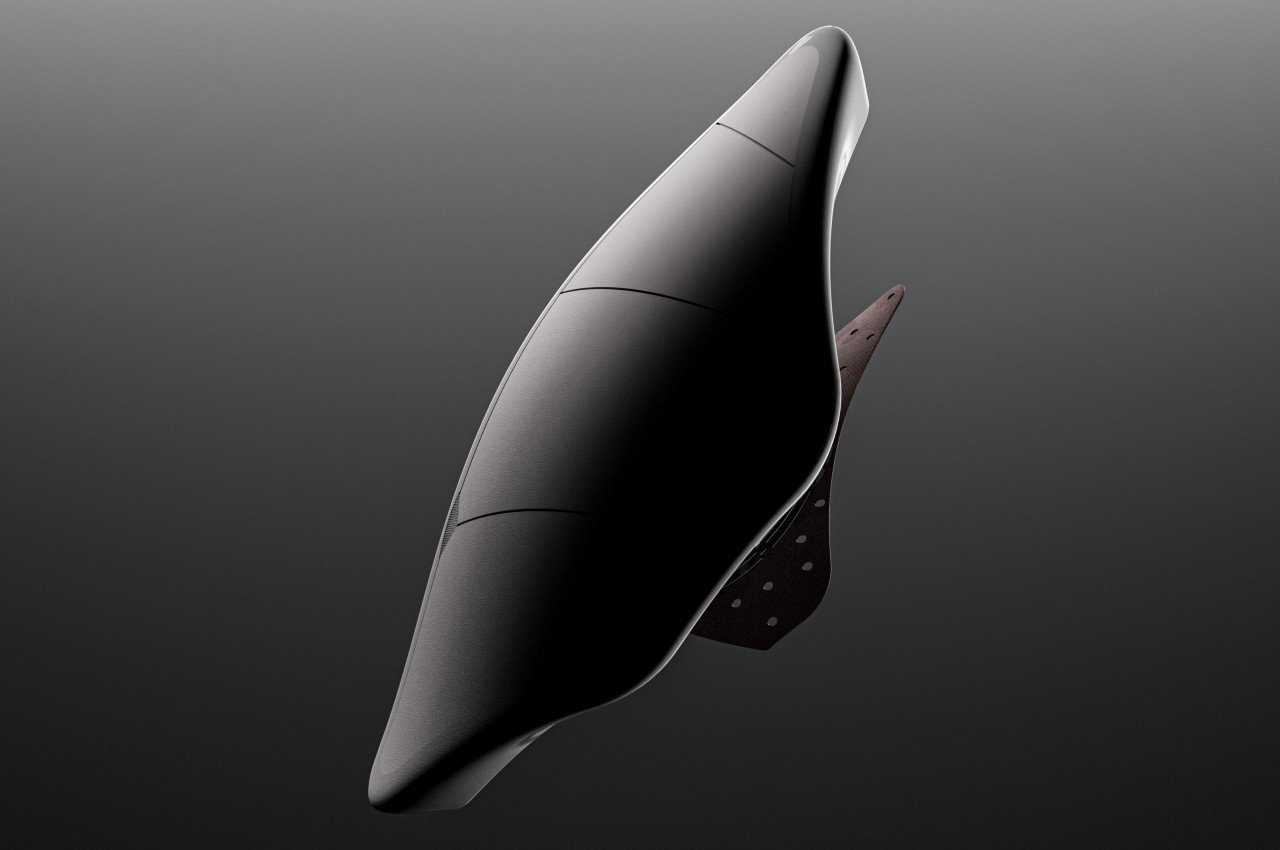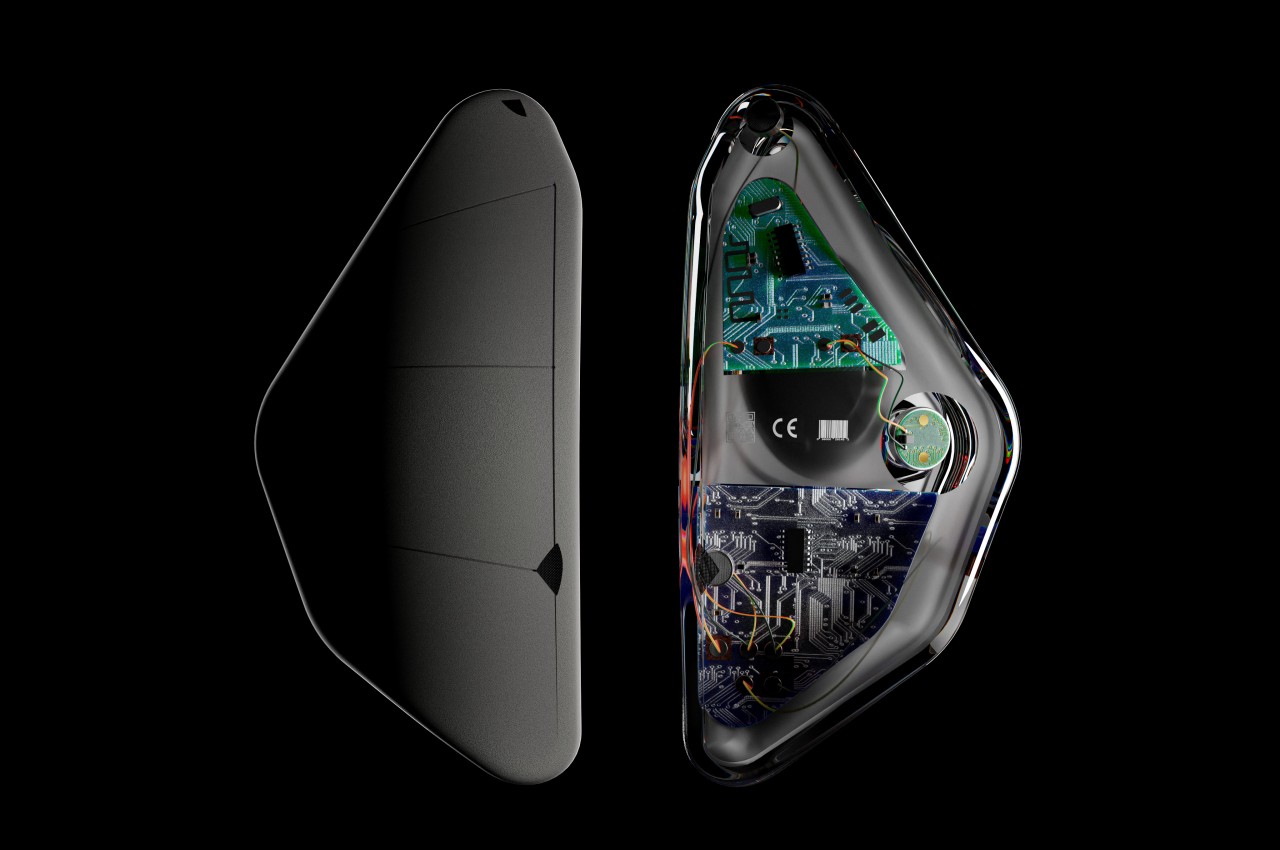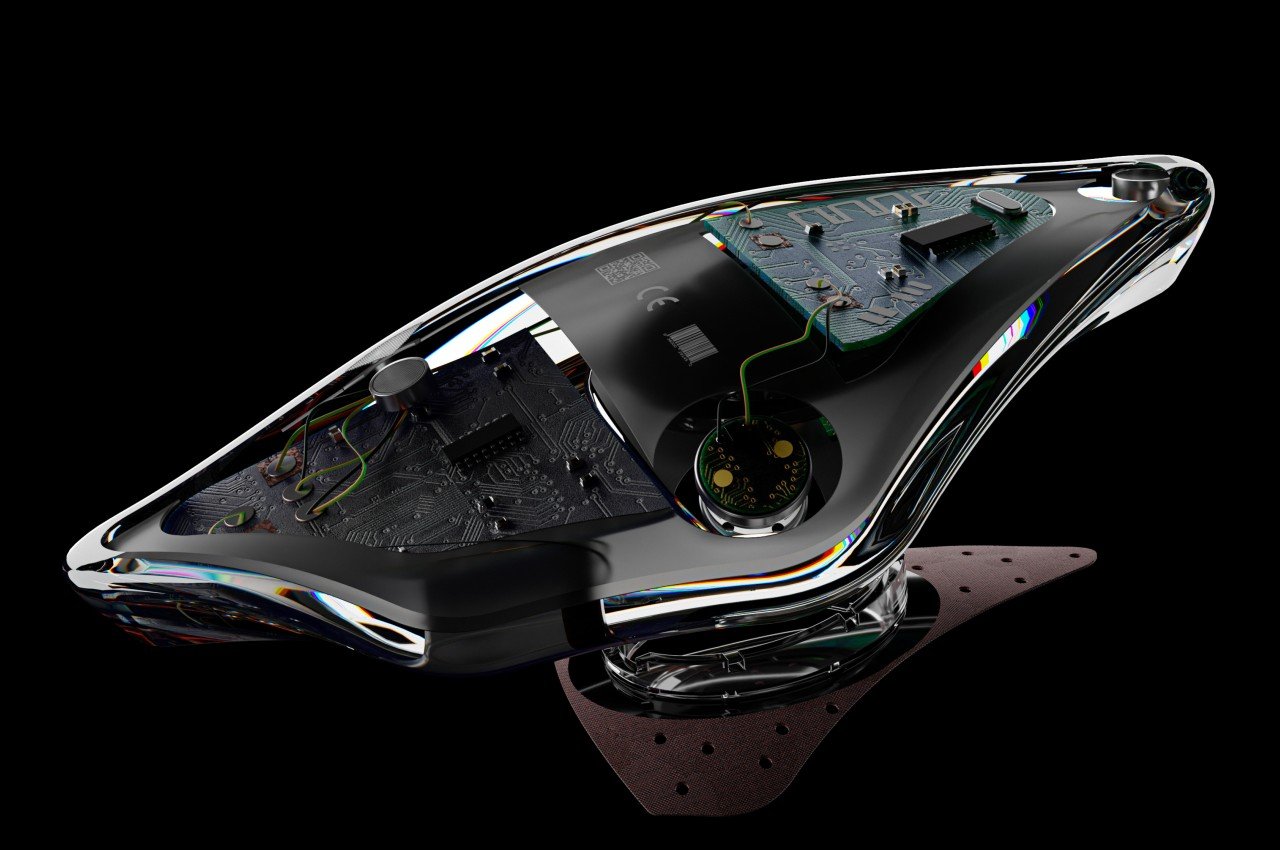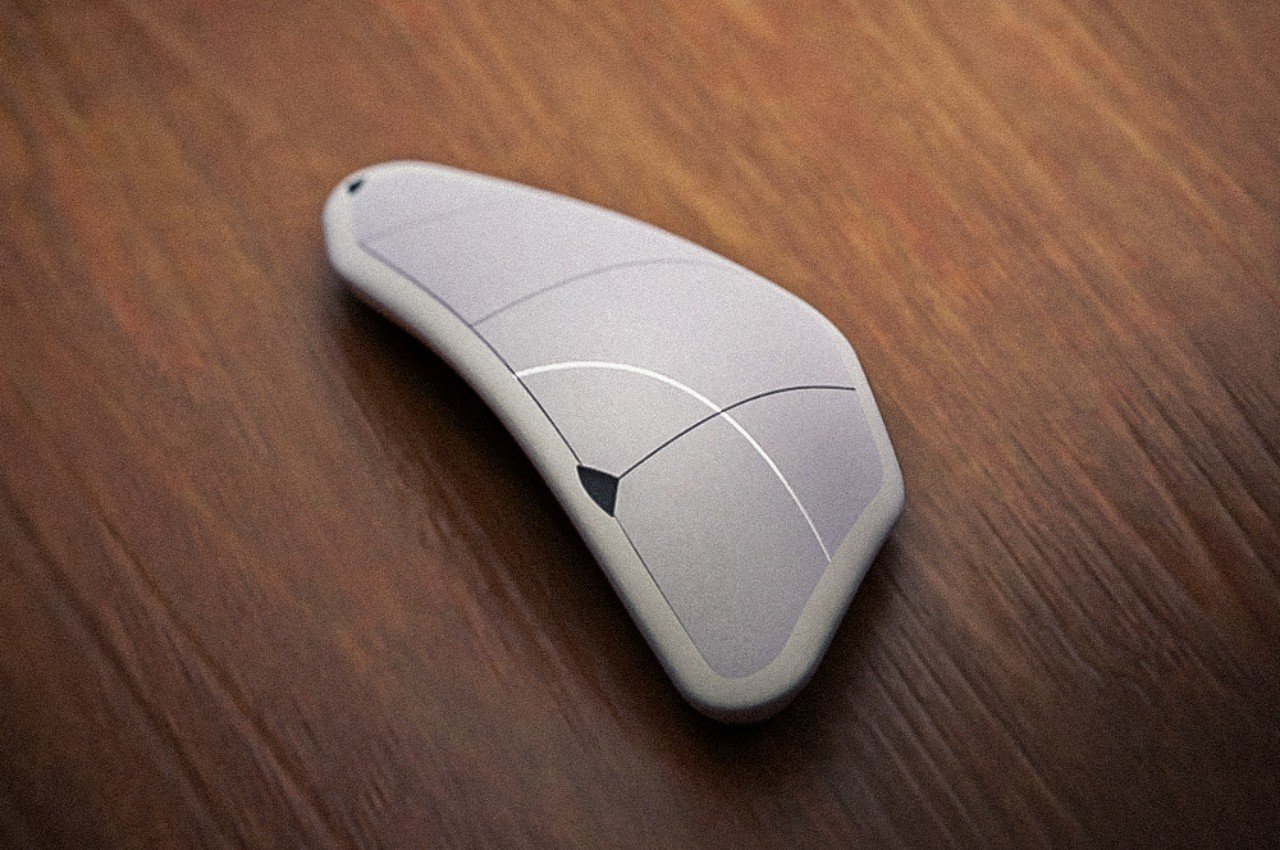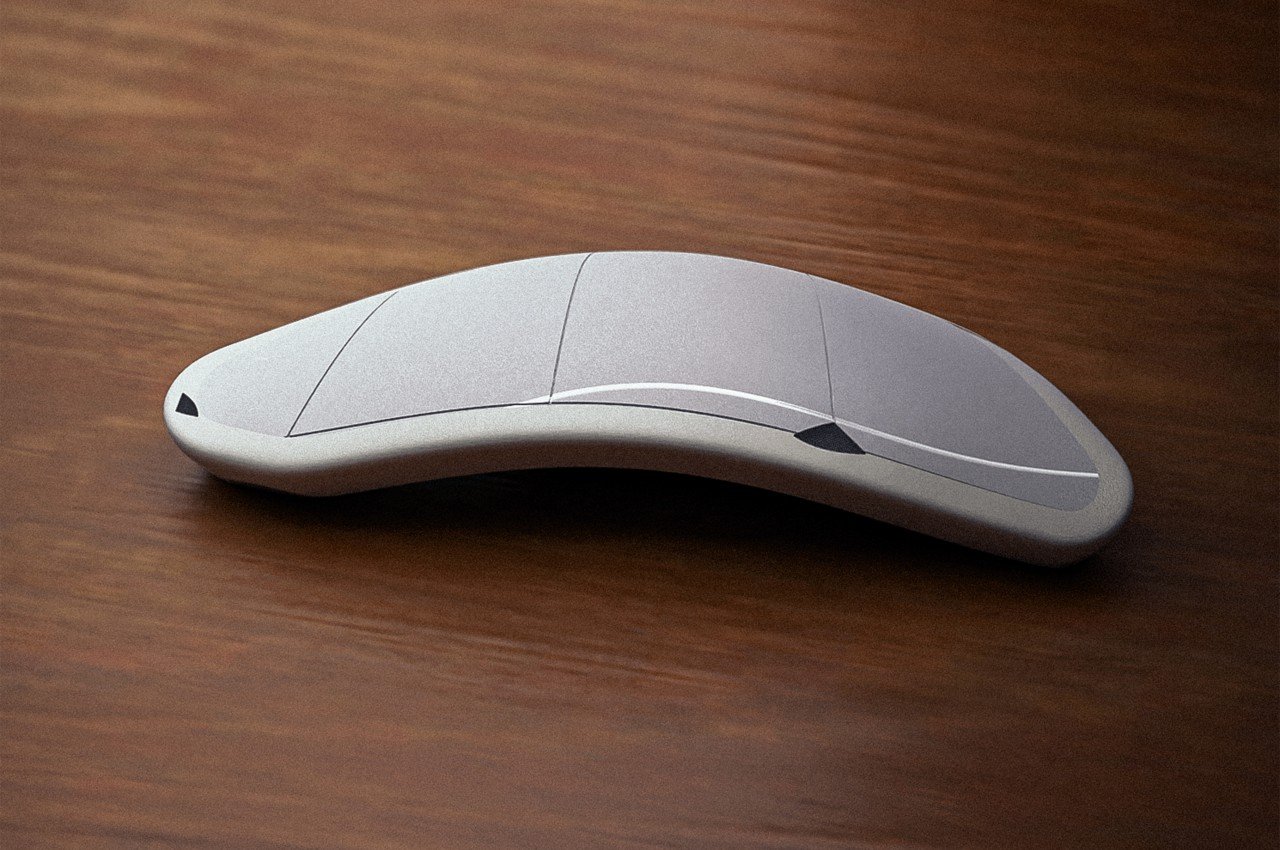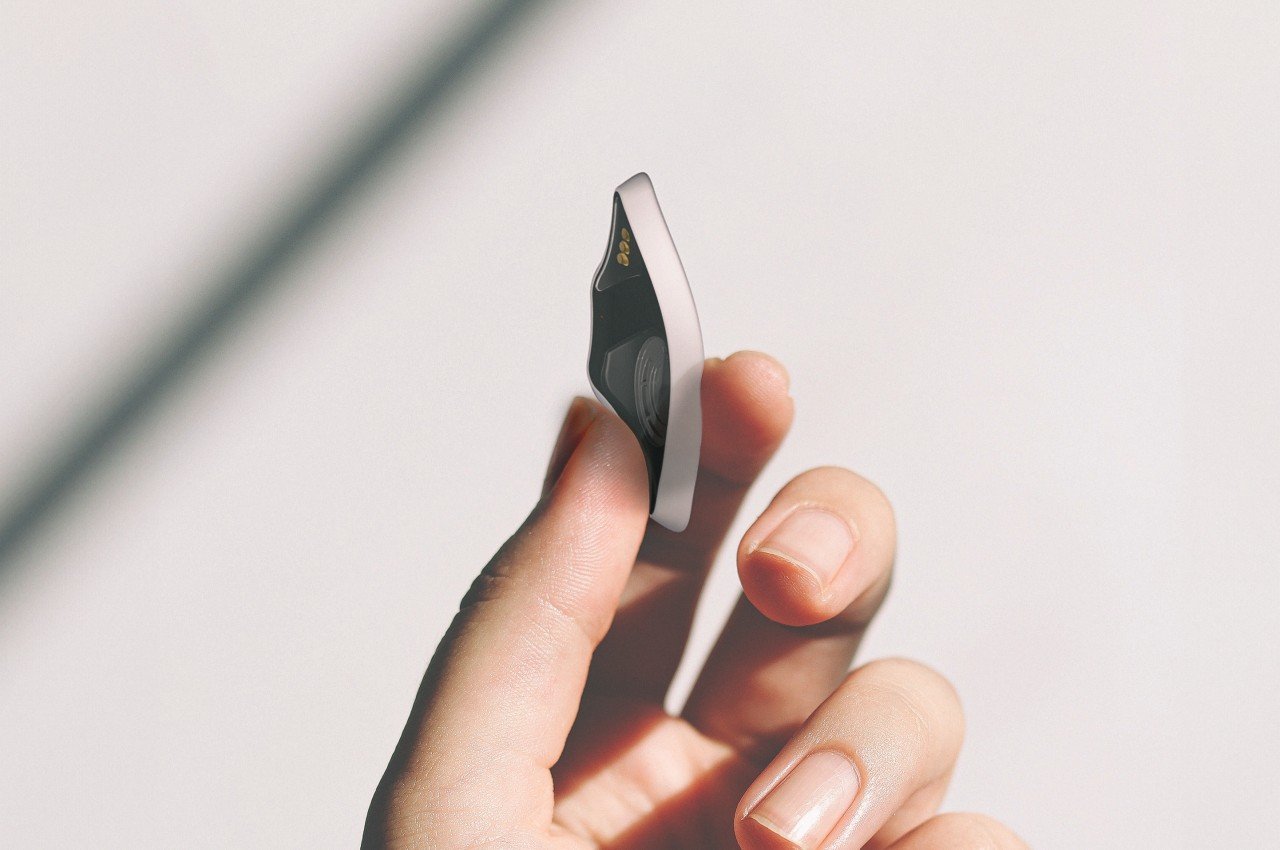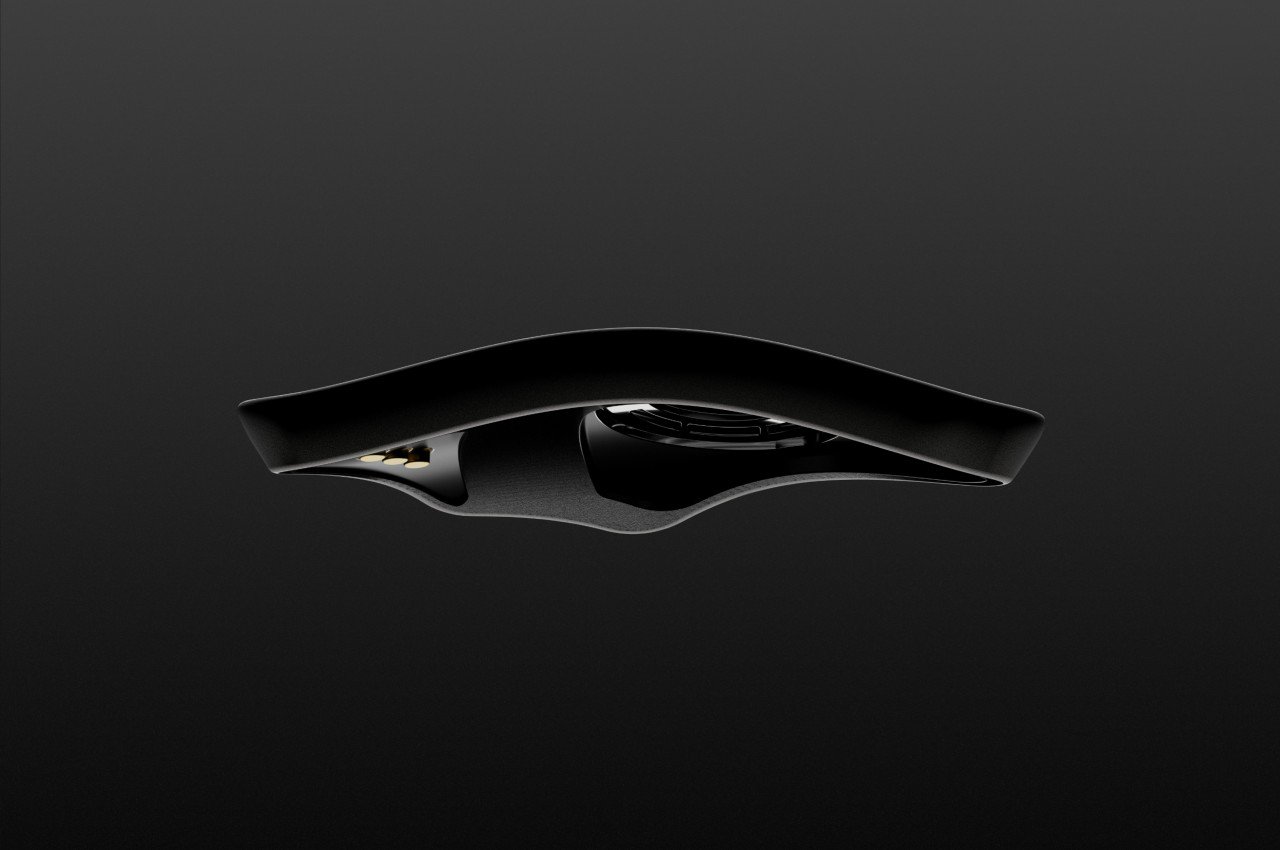
I am not much of a plant person, in a sense that I unintentionally kill all the plants that are left in my care. But I am also one of those who complain that there are no green things in my immediate line of vision and that it’s contributing to my concrete jungle problems. If there was a way for me to have plants and not have my black thumb affect them, I would probably jump on that. Some have recommended hydroponics to me but I still haven’t actually tried it. This concept for a cultivation system seems pretty interesting.
Designer: LFD


The main product of turf is an energy-harvesting hydroponic product where you can cultivate plants without the usual things that you need with regular plants. You can have it indoors which is good news for those who live in buildings that don’t have balconies (like me). It is able to harvest energy through a built-in sensor that is able to detect ambient noise and touch. So you basically “grow” your plant by touching it and talking to it, with the help of the energy harvesting system and the LED lights.


The packaging is also part of the whole sustainable system as it uses biodegradable styrofoam from mushroom mycelium. The packaging for the seeds that you will plant are also recyclable since it’s made from water-soluble paper so you just put it in water for it to dissolve. The packaging also uses soy ink printing techniques to complete the circular system of turf, from the plants to the packaging to the hydroponic product to the space called Turf Azit to house the entire symbiosis.



Now I’m not sure if I’ll still be able to make the plants live using the turf system but at least I don’t need the traditional tools to take care of plants. Having something naturally green in your space can do wonders for your mental health so I should probably get started on learning about hydroponics and maybe if turf eventually gets made, then I can enjoy having a hydroponic green thumb.



The post Hydroponic system lets you sustainably grow plants in your space first appeared on Yanko Design.

